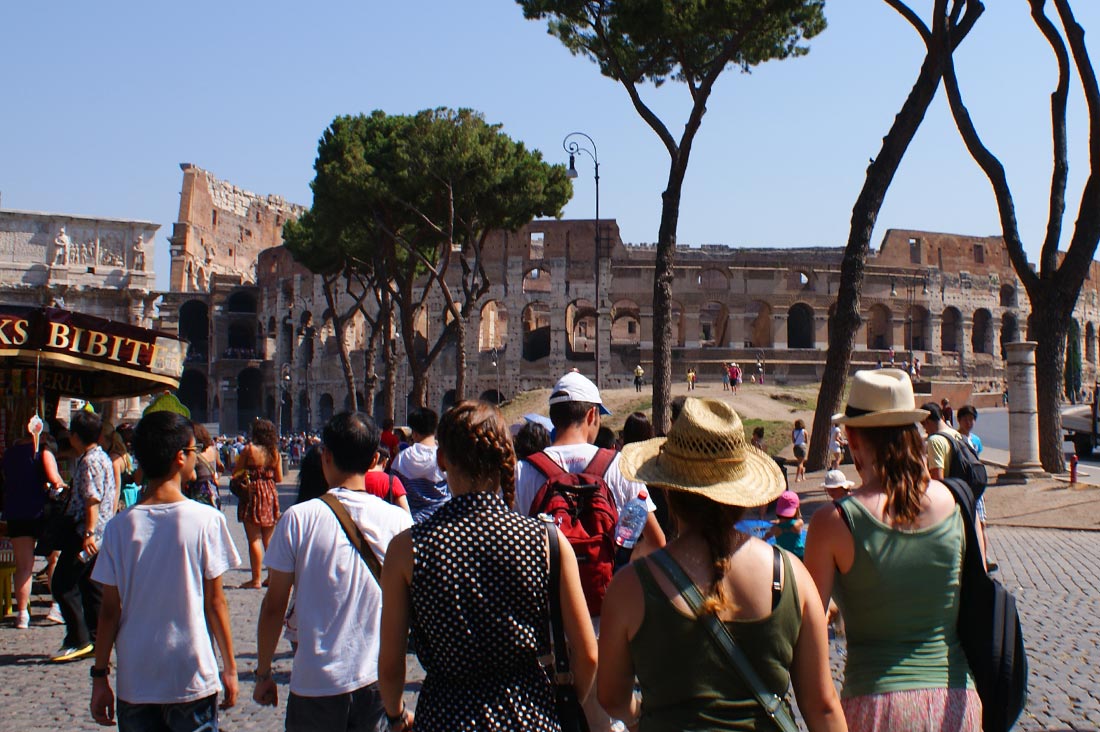Rome in August 2013
The atmosphere of Rome is so dense that it seems like the air can be cut with a sword. The entire city consists of warm, sunny tones, whether it’s the view from a window or from the street, architecture, or nature.
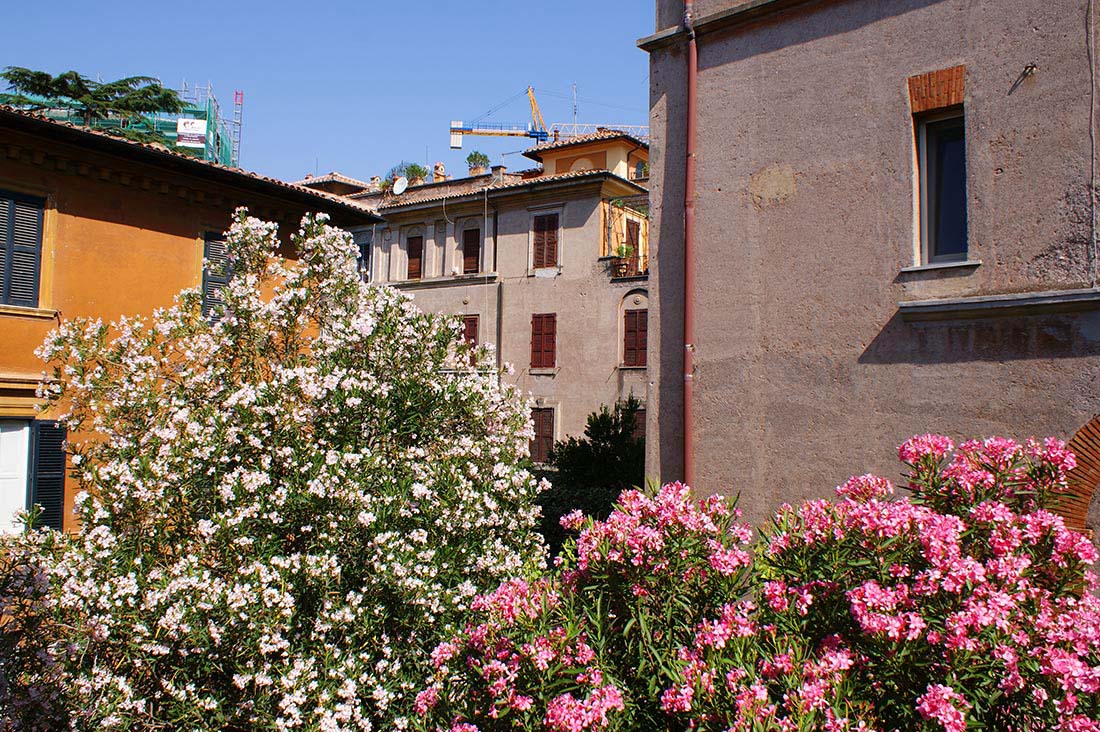
Rome is a paradise for typographers. The whole city is adorned with stone plaques, and the inscriptions on them are carved in none other than the font of the Trajan Column.
Trajan on the ruins of an ancient wall.
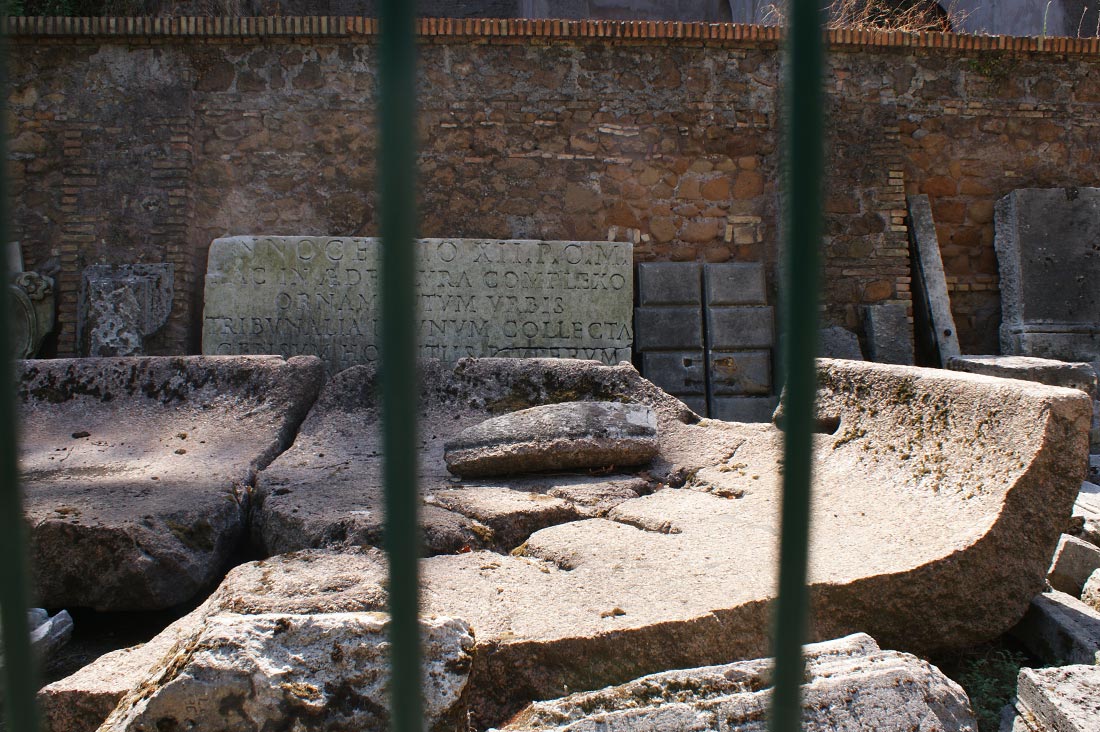
Trajan on the signs.
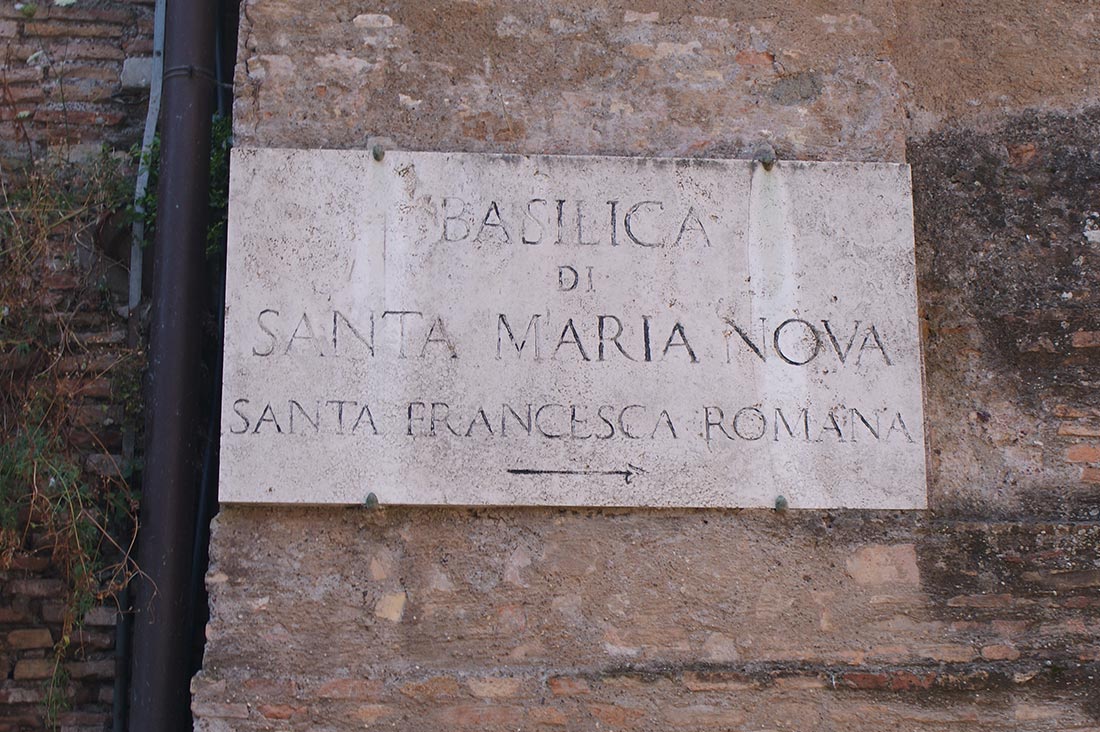
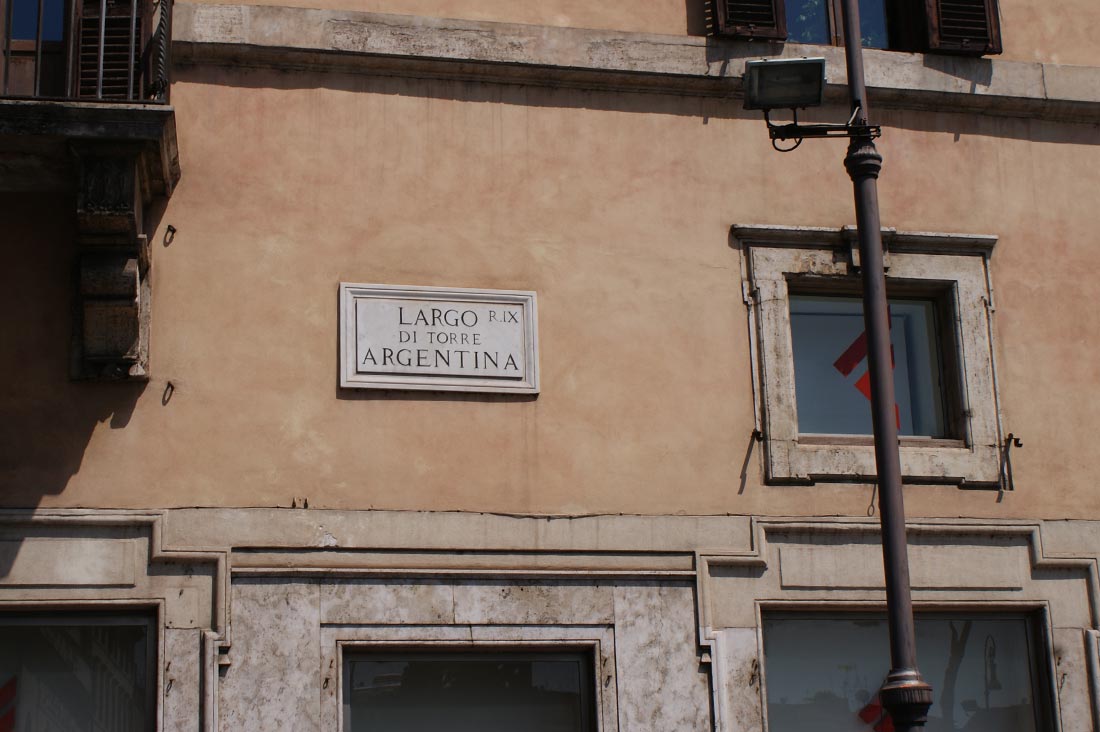
Trajan on the simplest plaques.
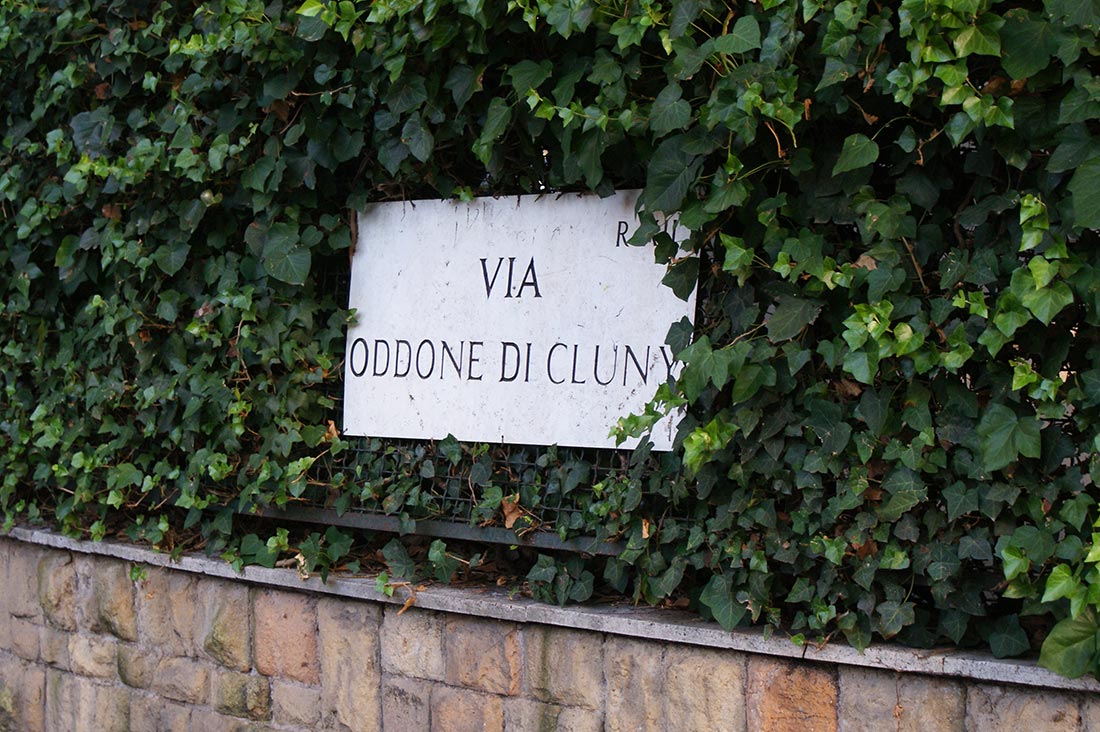
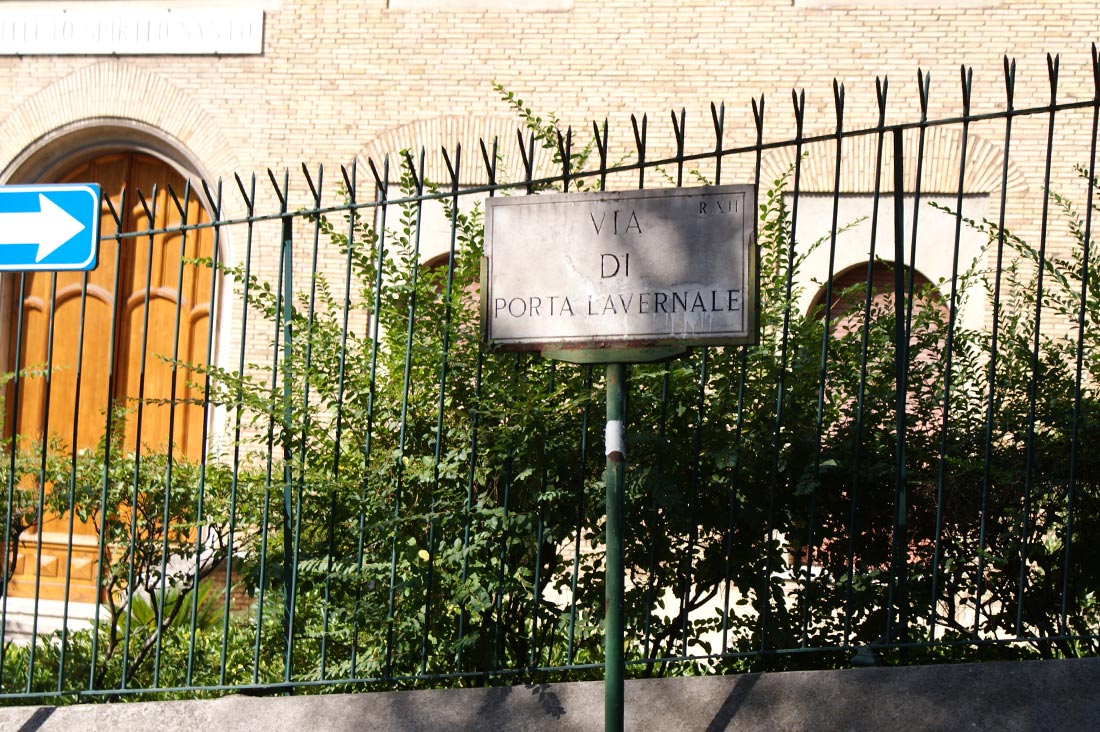
Equally ubiquitous is the inscription S.P.Q.R. — Senatus Populusque Romanus (The Senate and the Roman People), widely used during the time of the Roman Empire and now serving as a symbol of the city.
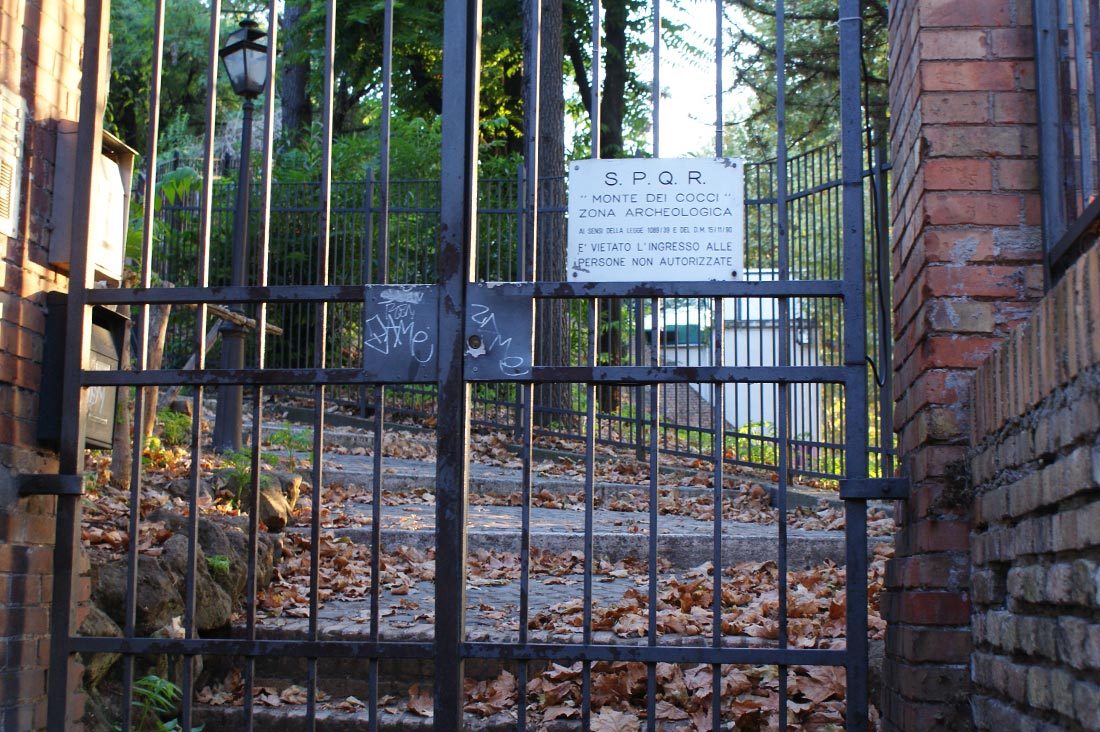
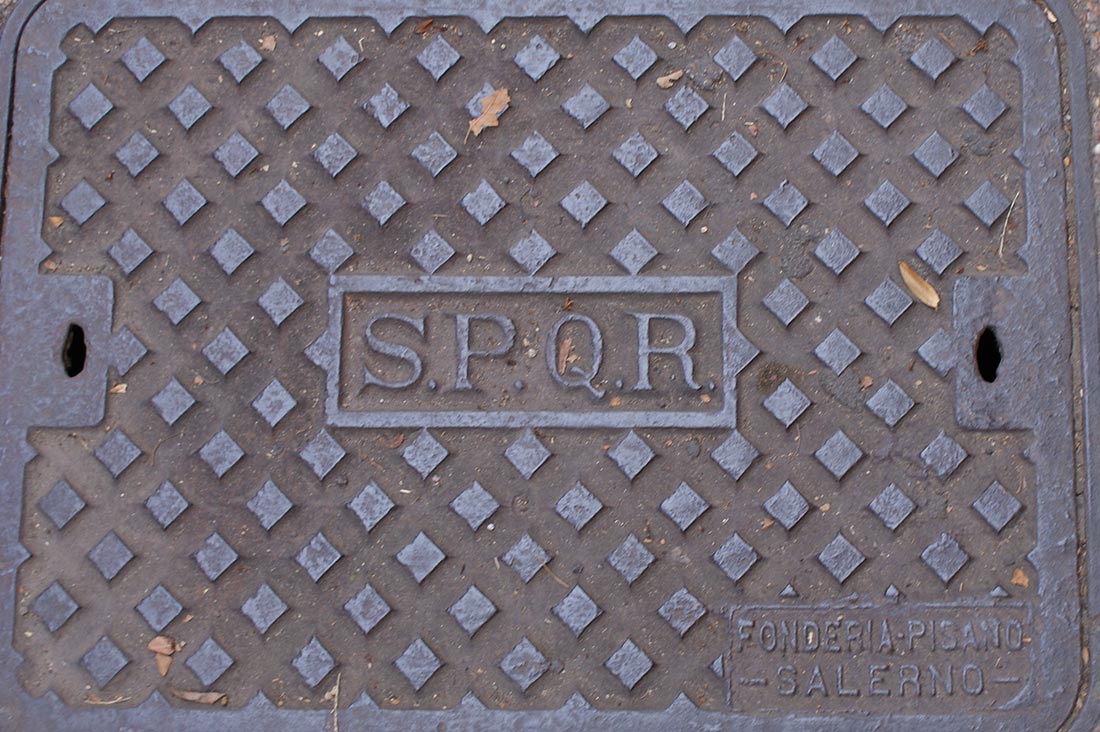
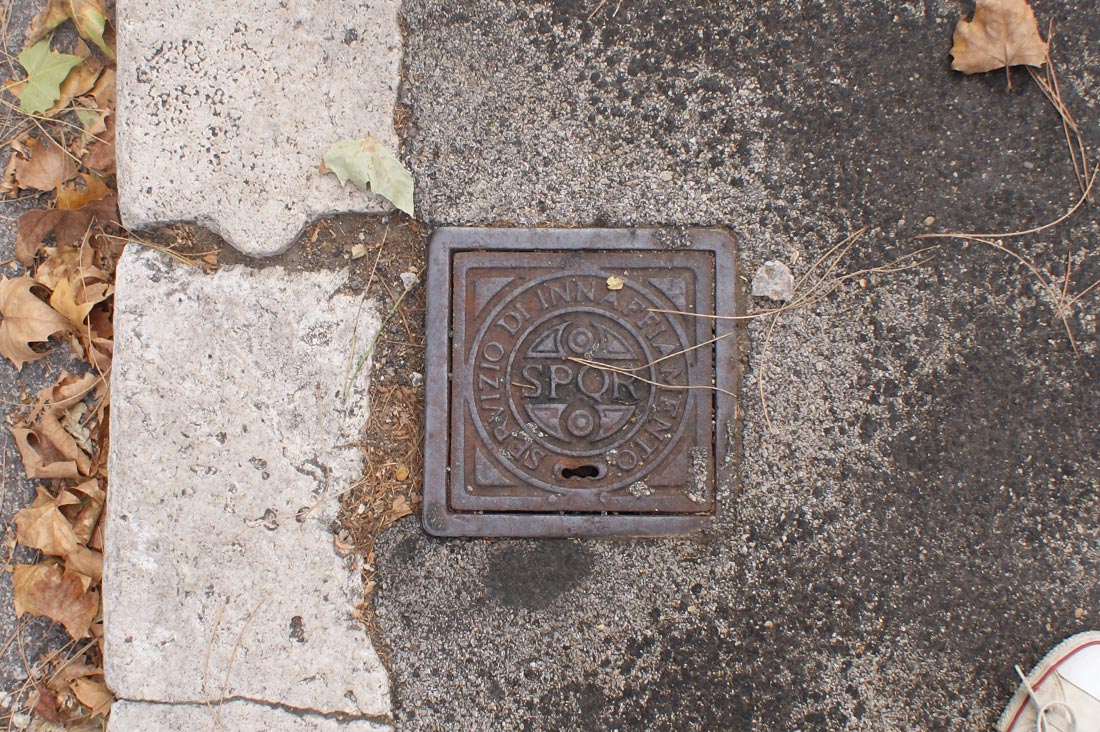
Throughout the city, you can find columns that provide relief in the heat. You can wash your face or quench your thirst with water from them: by pressing the tap with a finger, water starts gushing out from a specially drilled hole on top of the faucet.
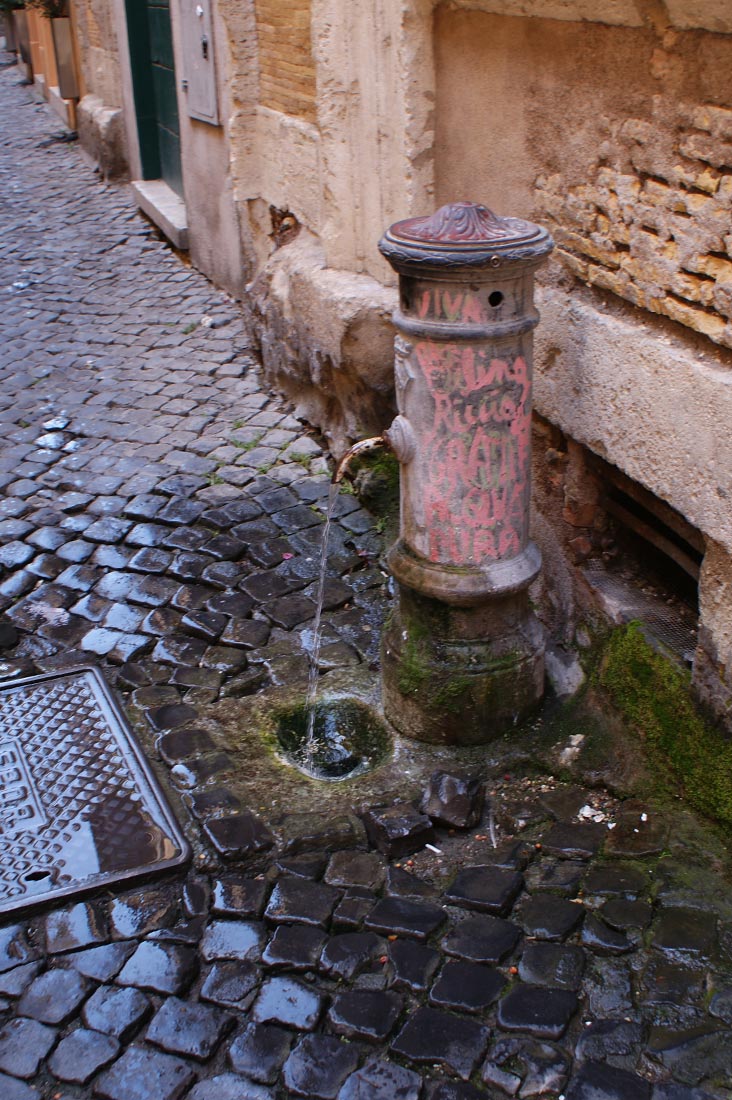
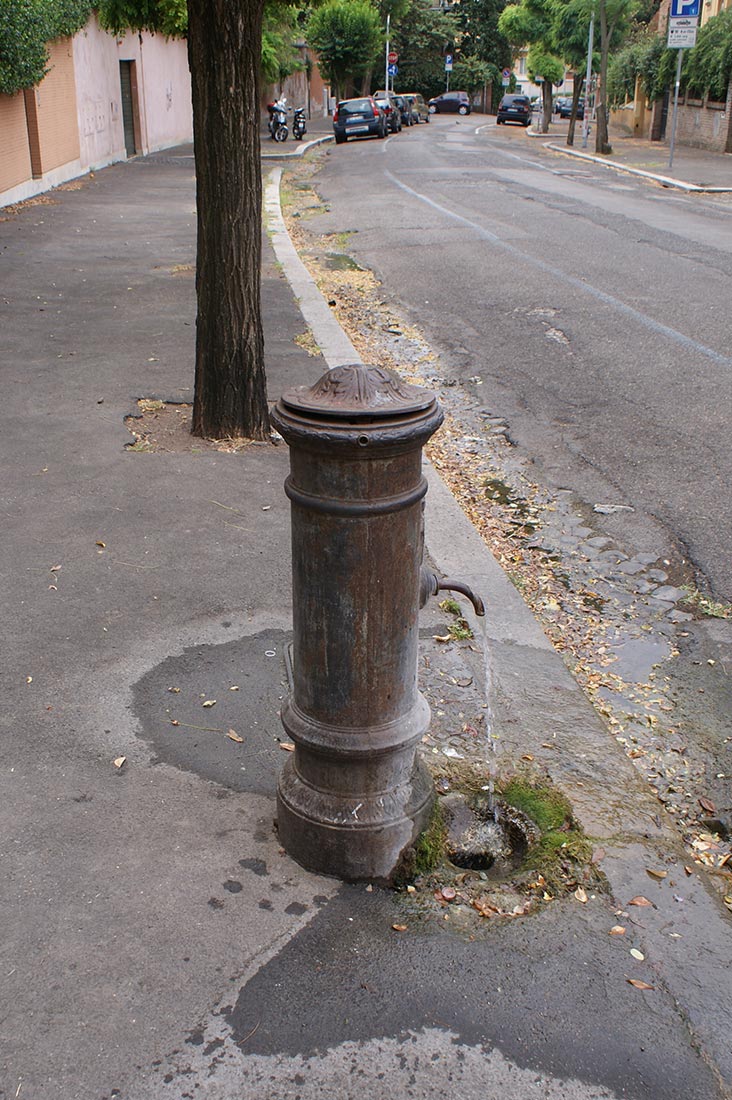
The heat in August is intense. The ancient ruins of a sandy shade only amplify the effect.
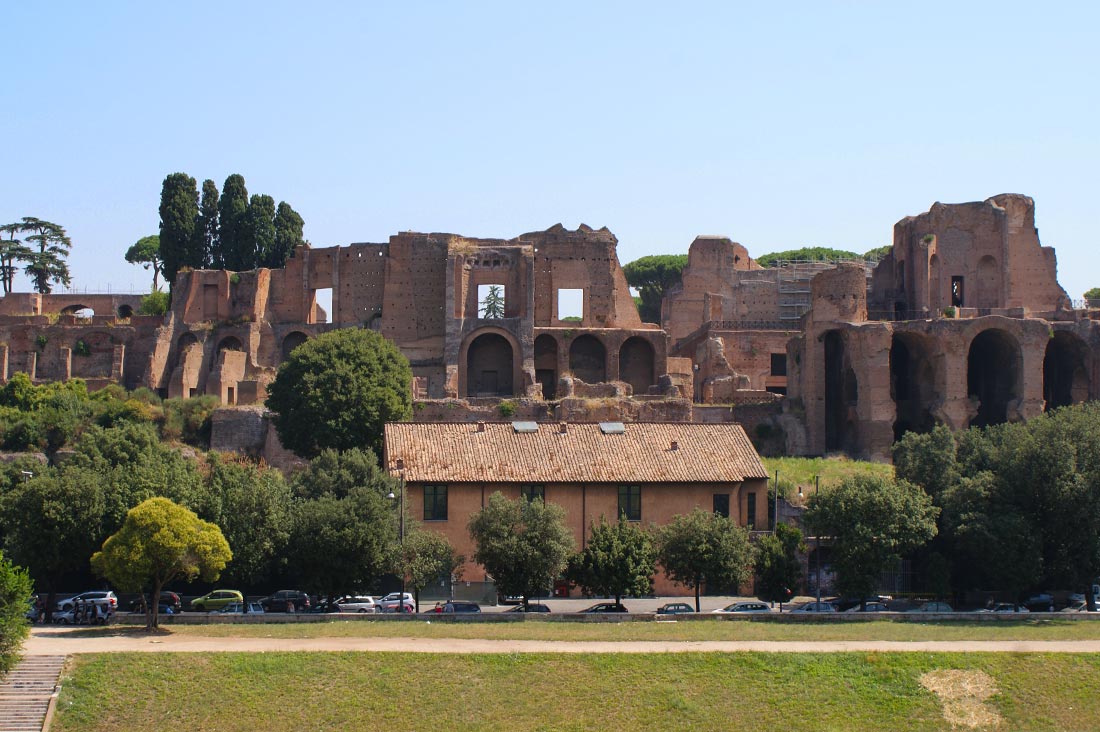
The asphalt is cracking.
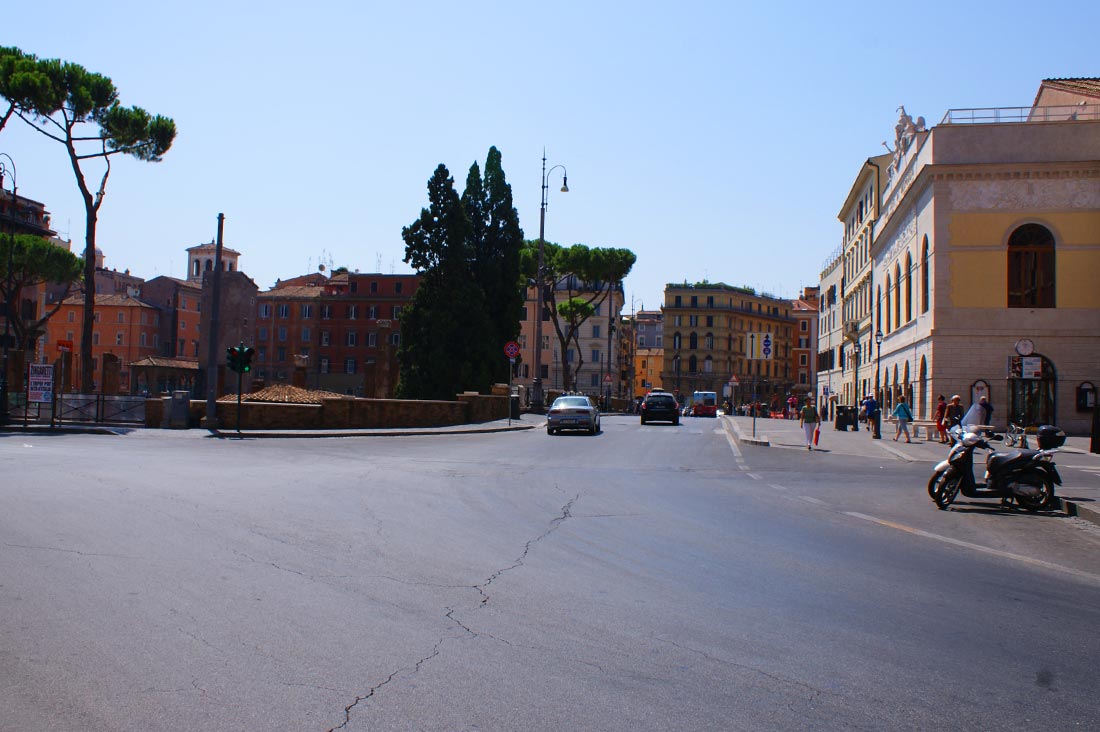
Misting systems are used in street cafes to cool down visitors.
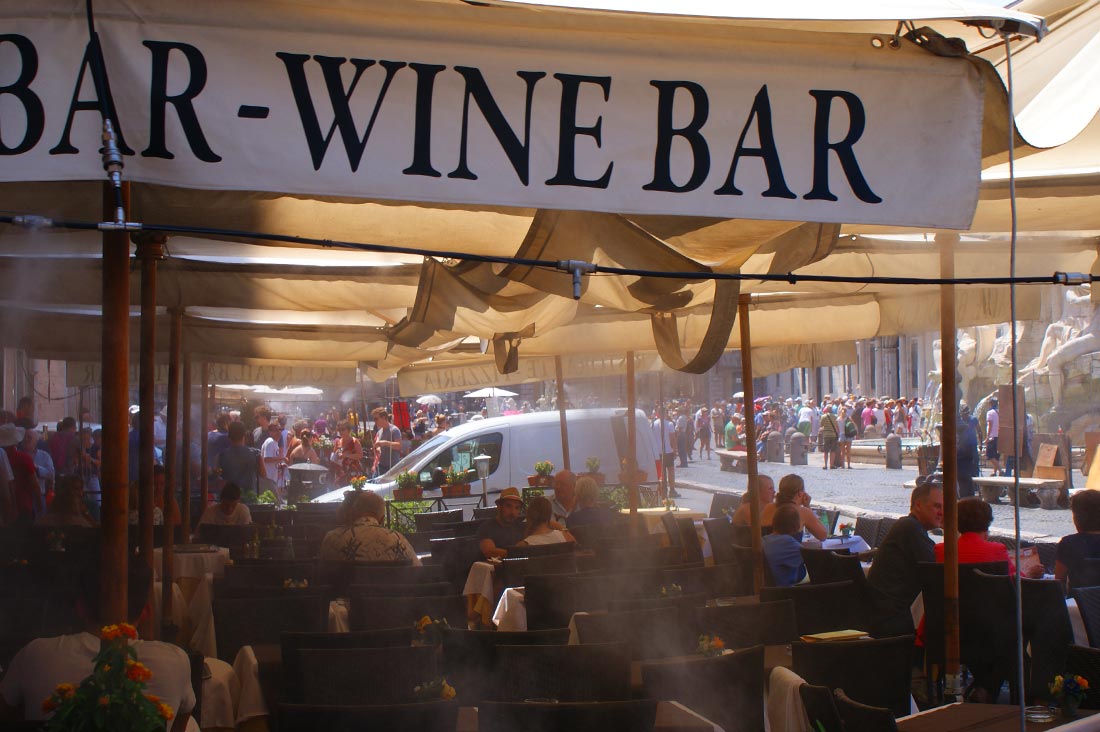
Cold drinks, ice cream, and fruits are sold.
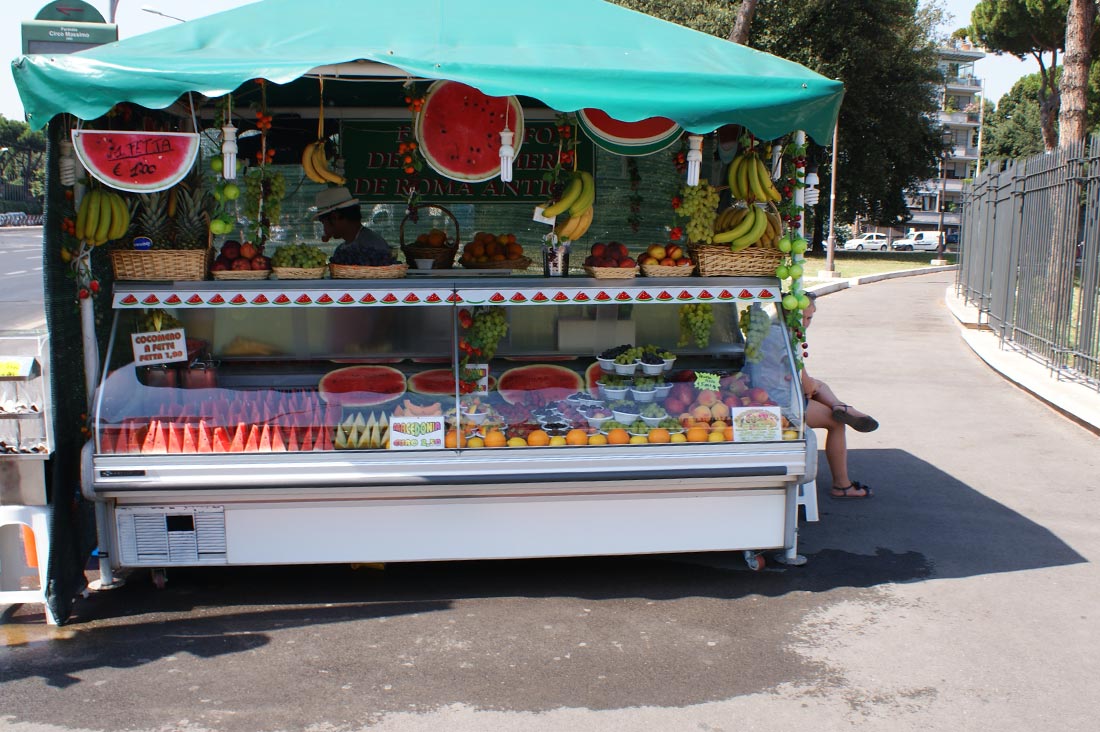
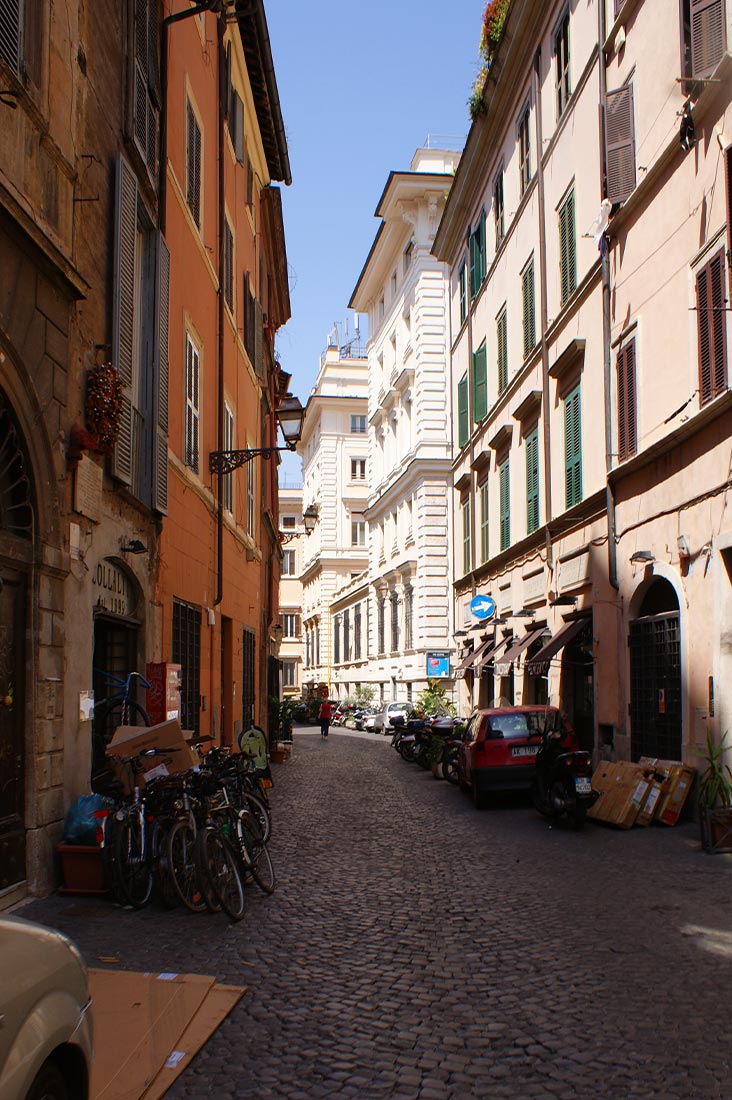
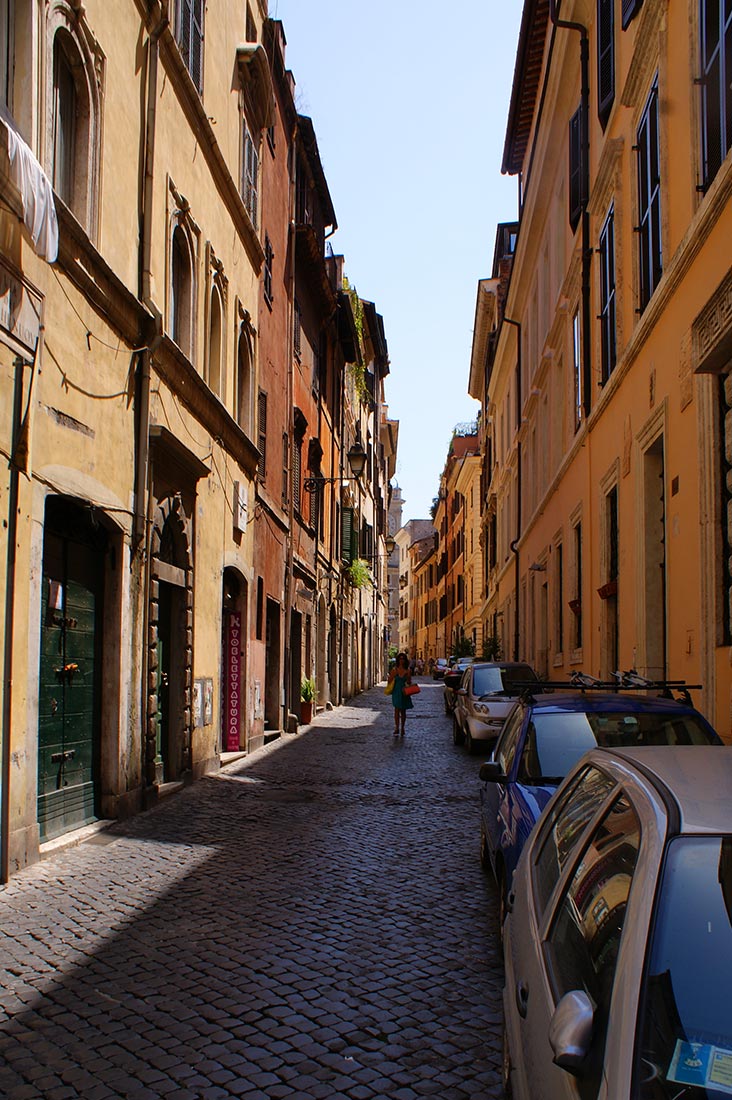
Slightly cooler in the narrow alleyways that still share the precious space with numerous mopeds and cars.
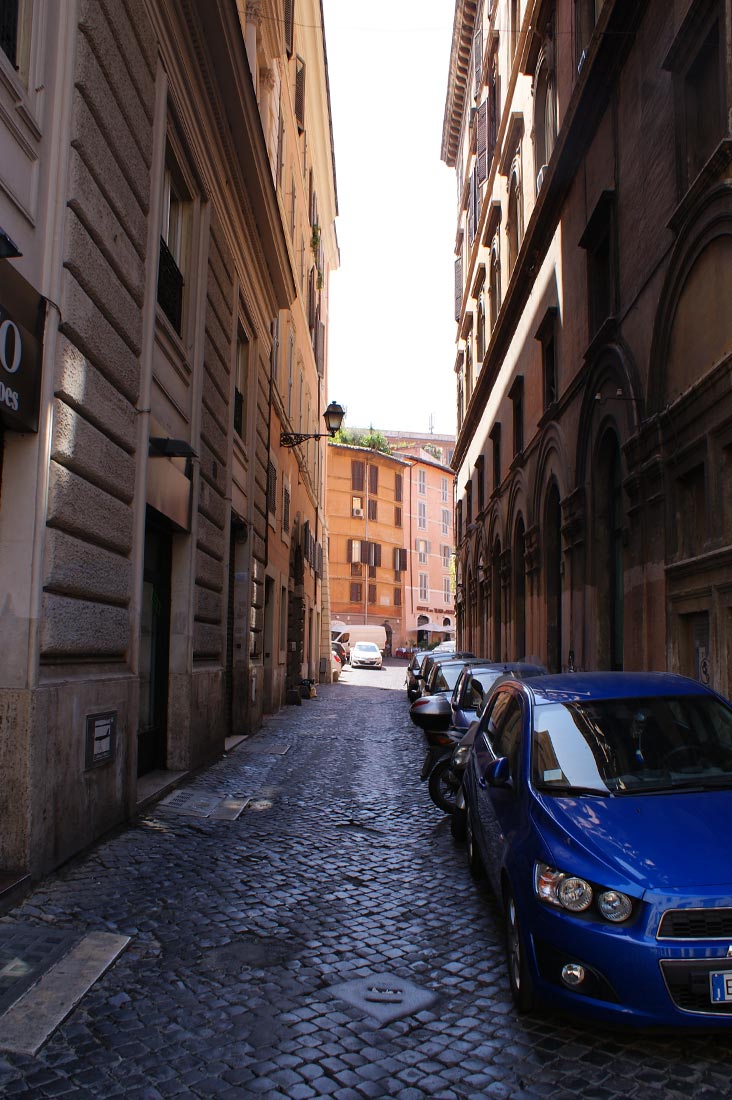
The sidewalks are often very narrow and, at times, quite worn out.
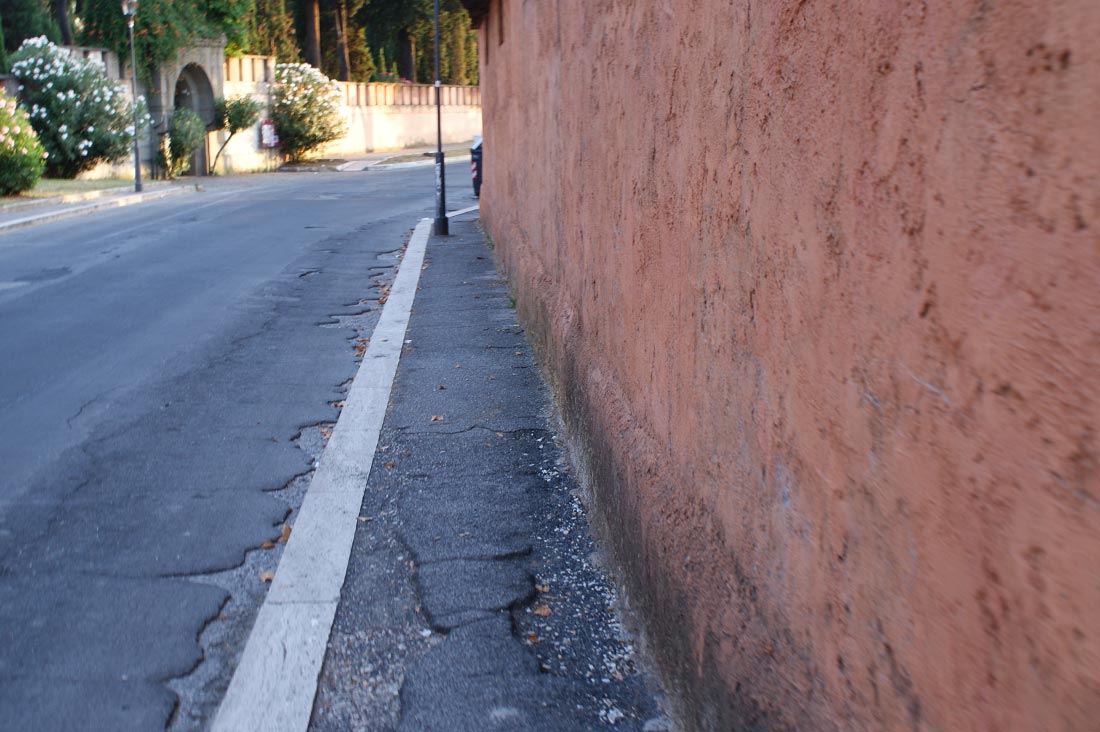
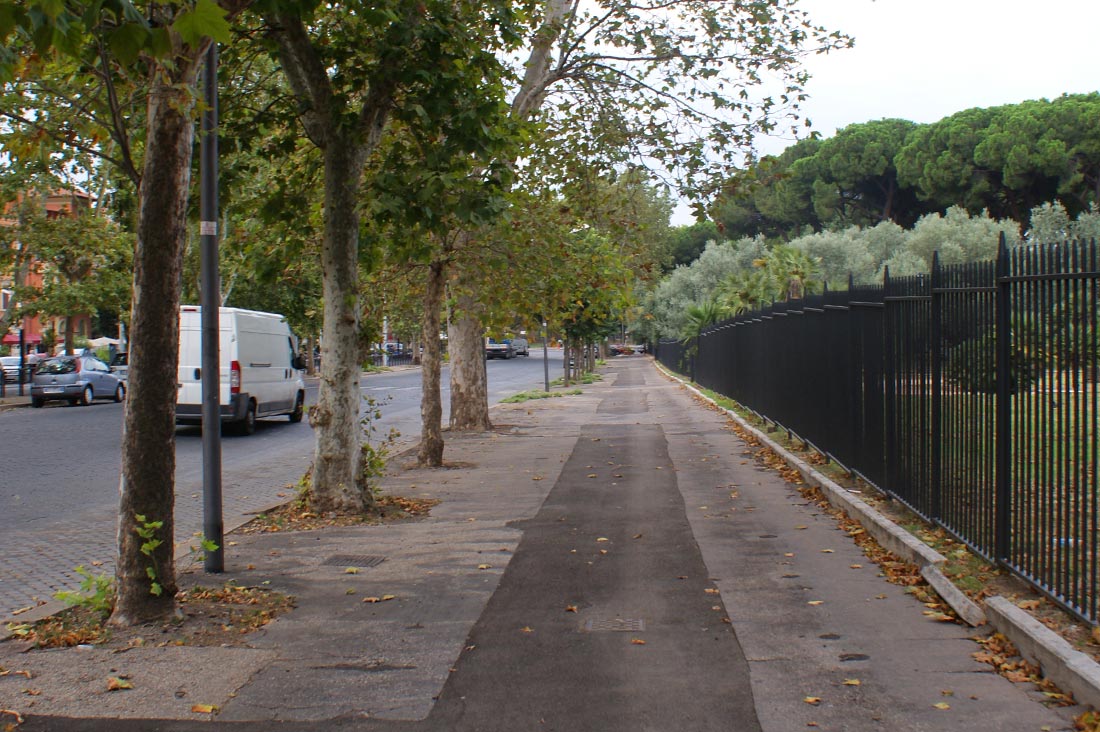
Most roads have storm drains. Even if the road is made of asphalt, the depression is always tiled. The manhole cover is only noticeable when viewed from the side, as it is covered on top with a metal shield in the shape of a curb.
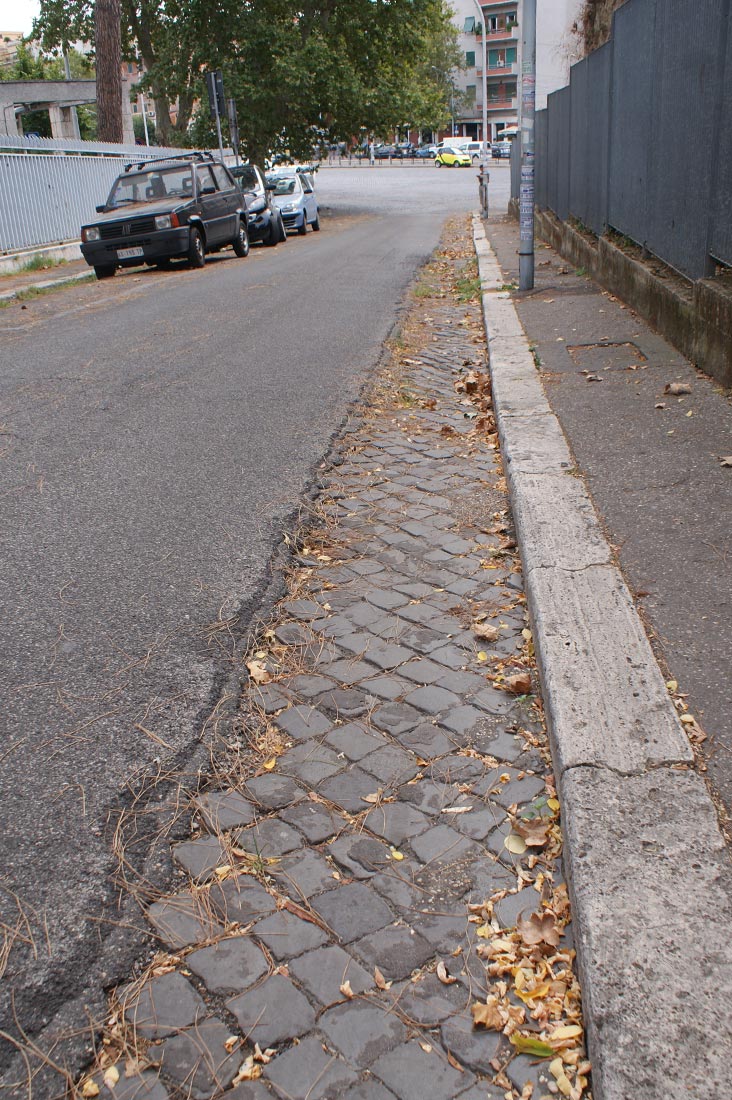
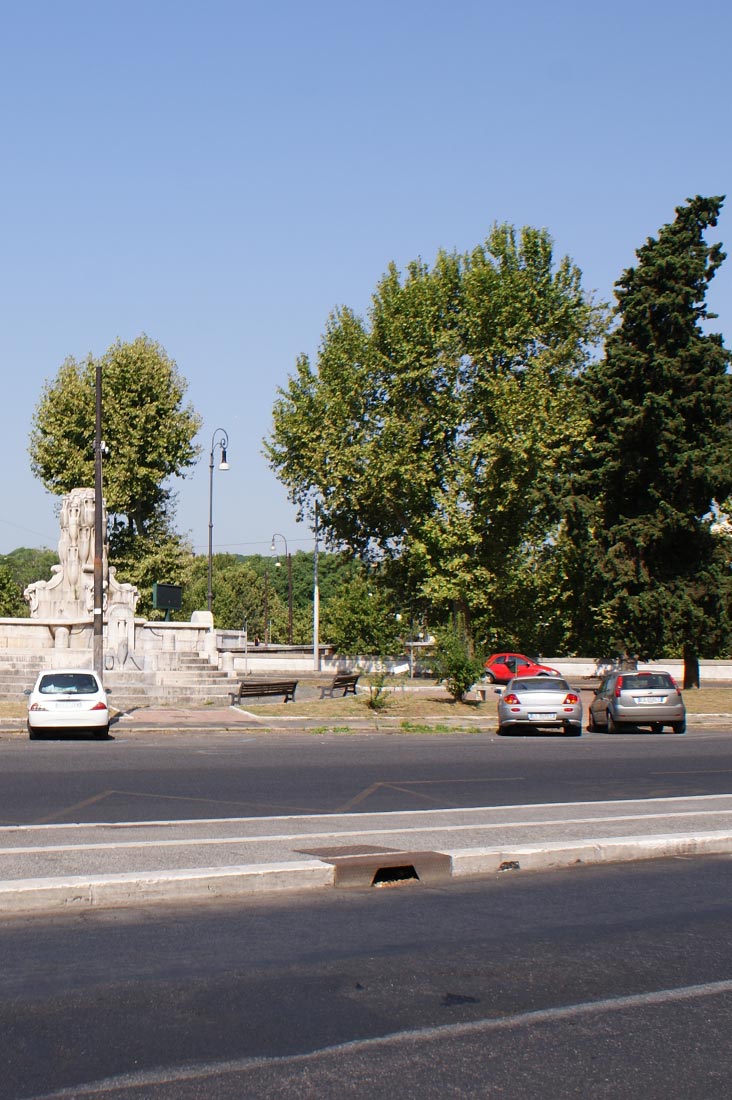
Overhead are houses adorned with greenery and windows adorned with obligatory shutters.
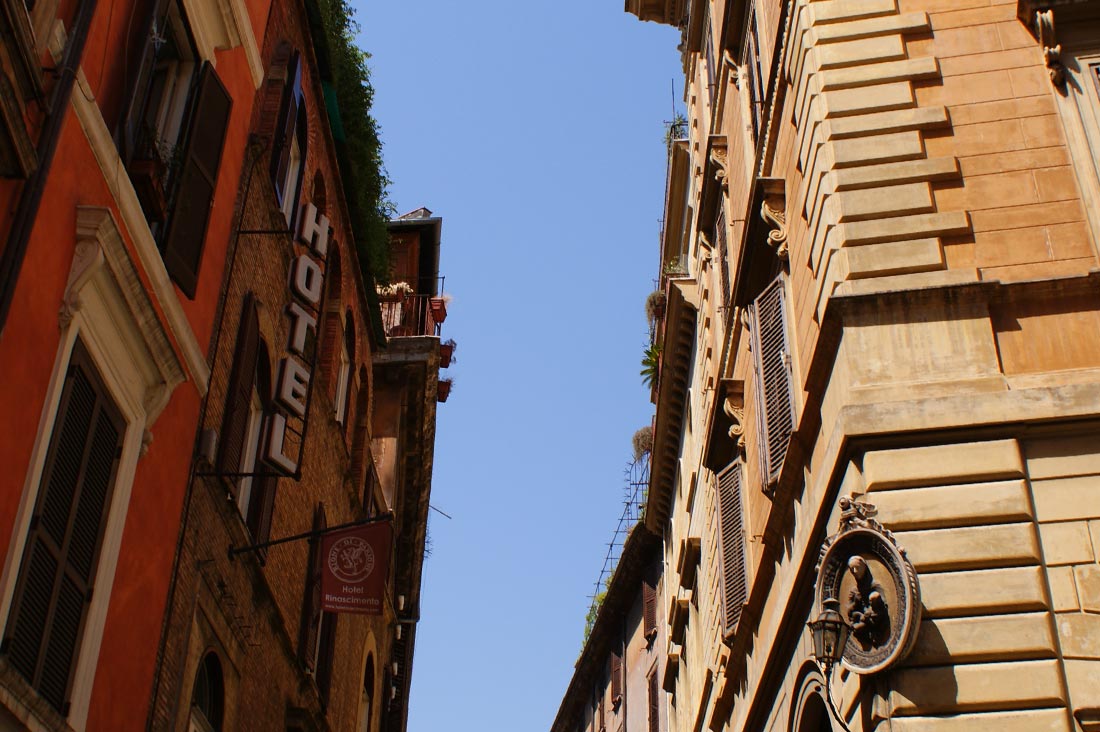
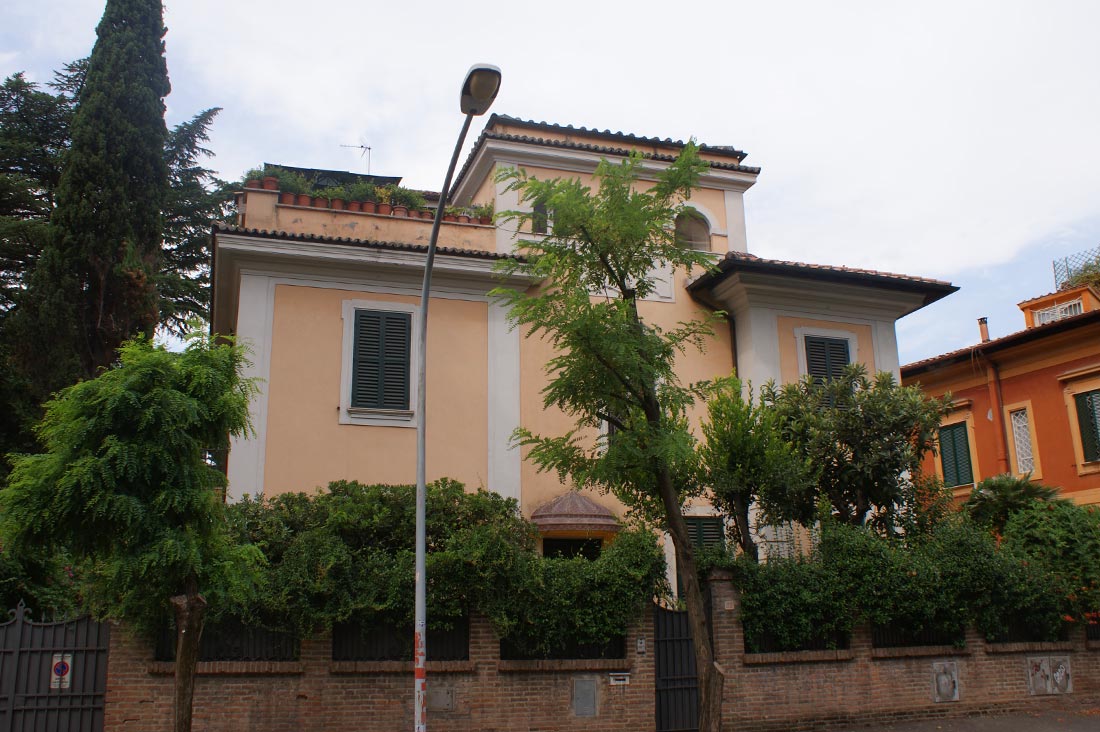
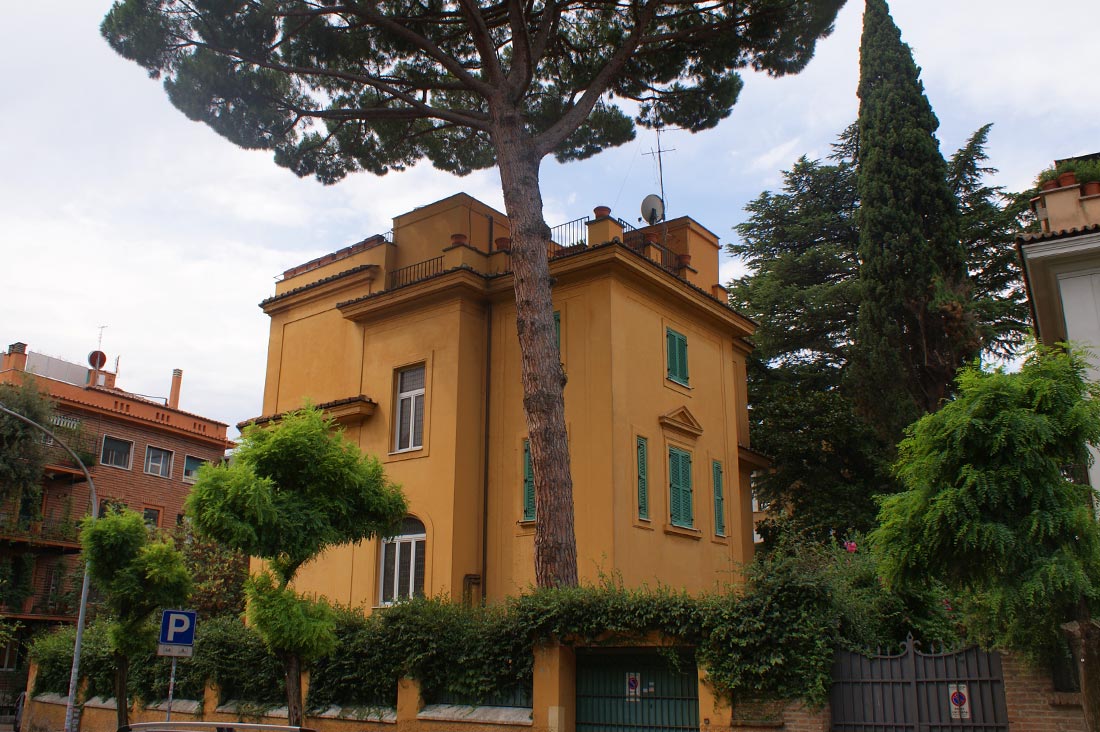
Doors with handles in the center are often encountered. It is interesting to wonder if they are convenient to open.
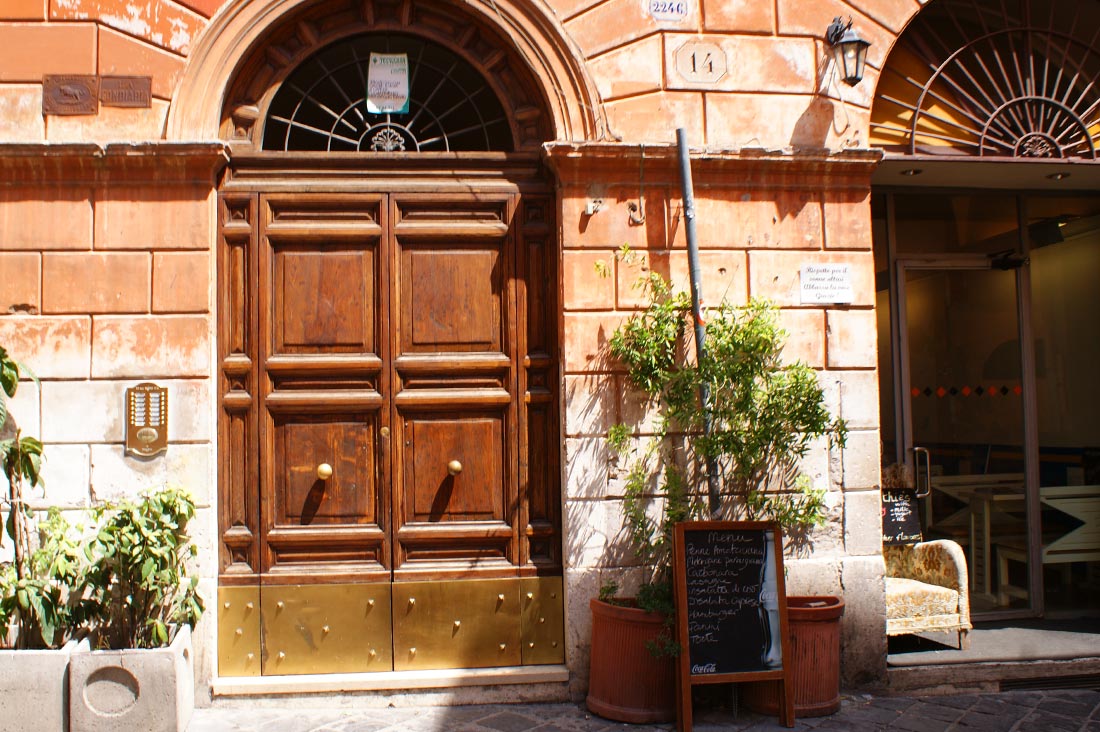
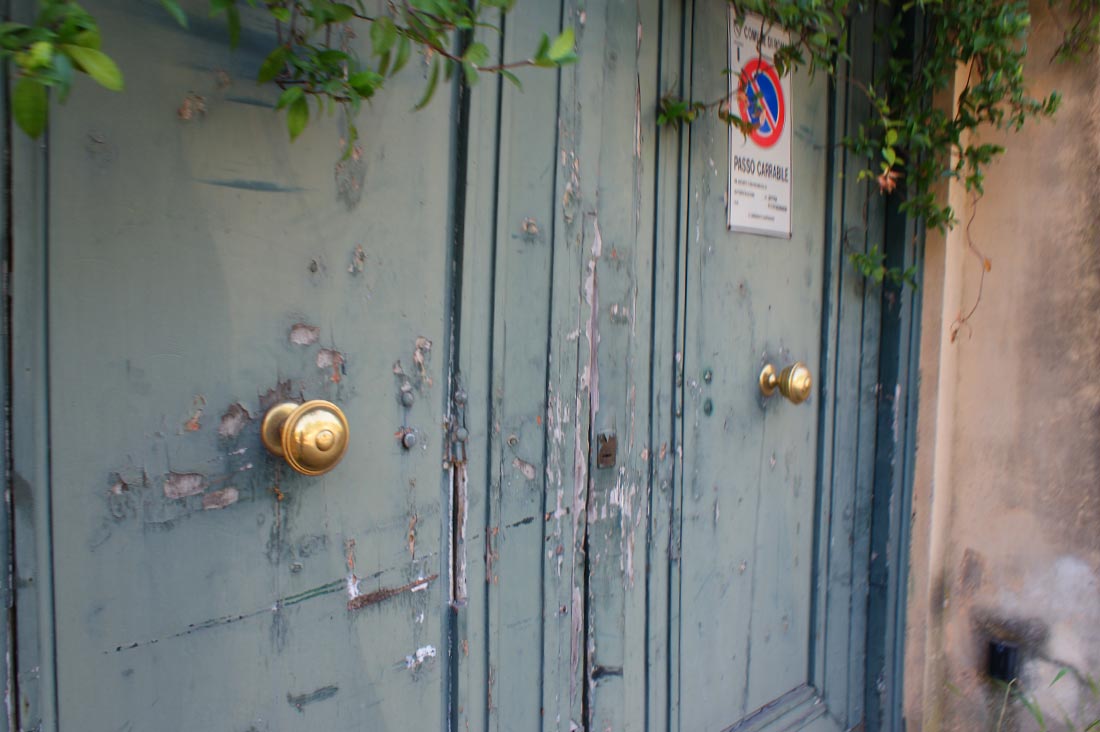
The Tiber River has a somewhat yellowish-green hue. It wouldn’t be accurate to say it looks dirty — there is no garbage in the river — but it still appears unusual.
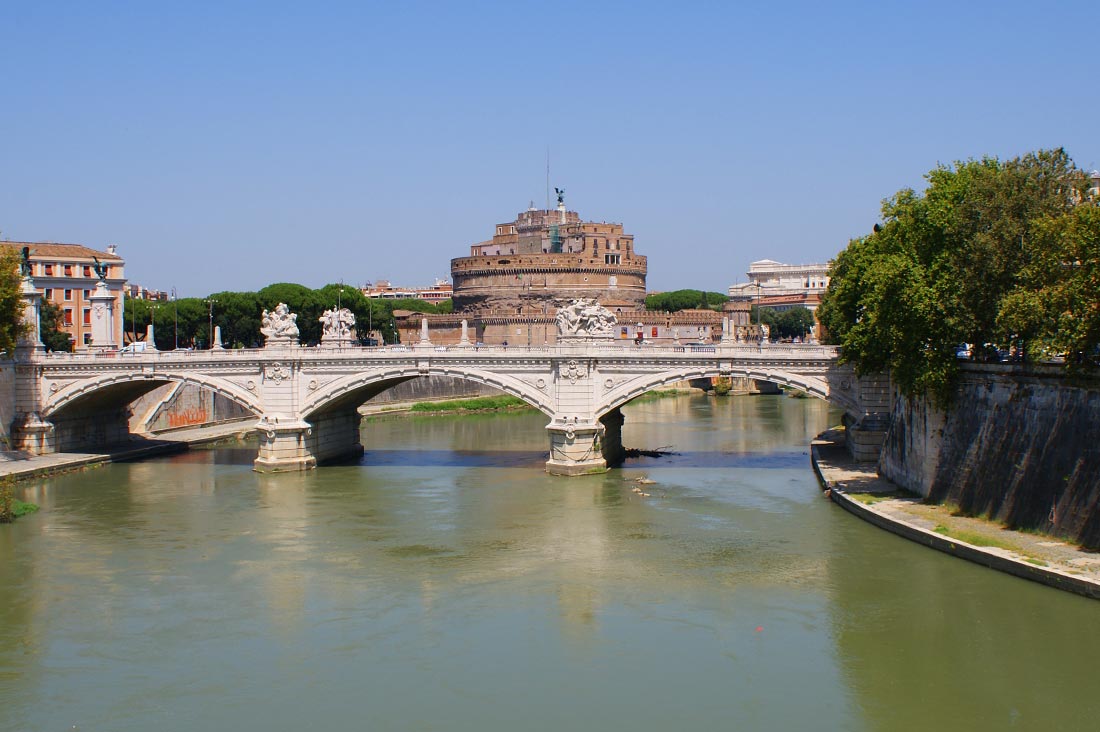
The waterfront is neglected and abandoned — the Tiber River, at times, treats the city with its floods.
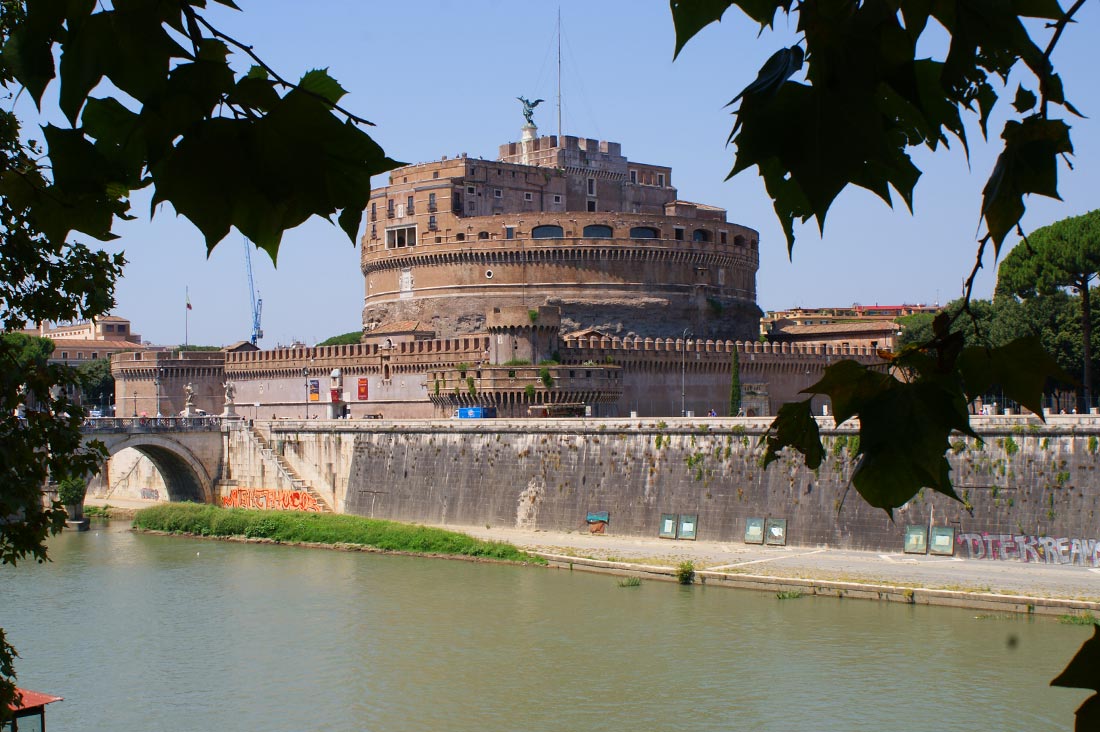
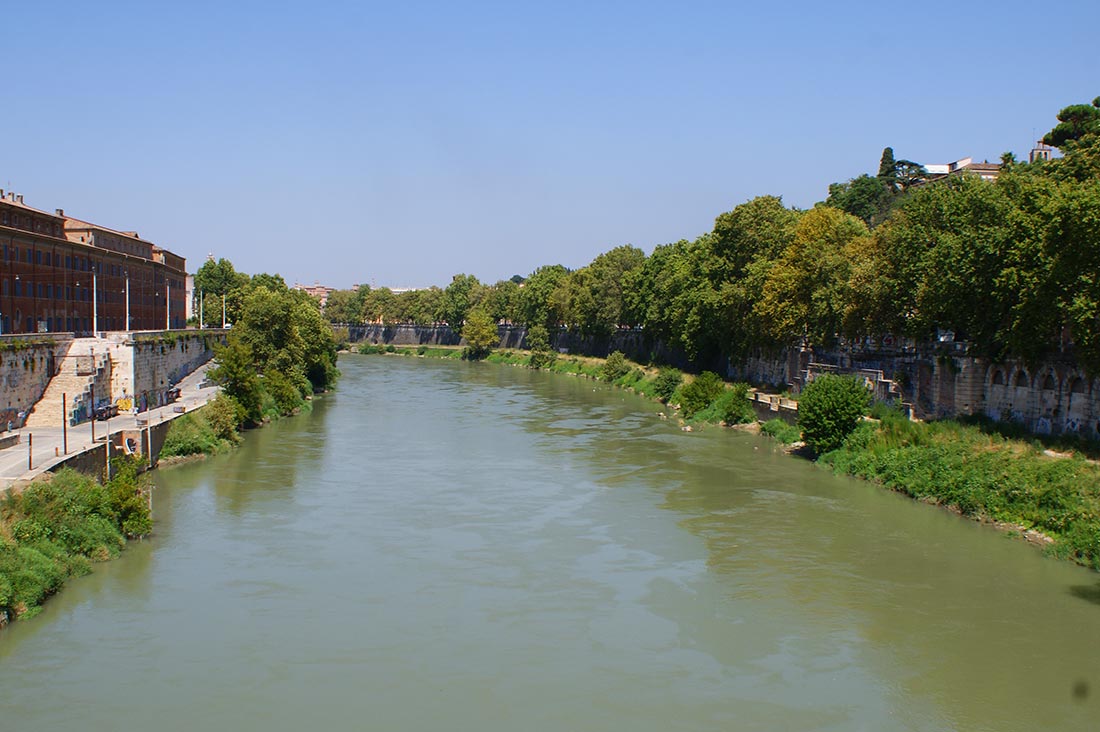
There are few public toilets.
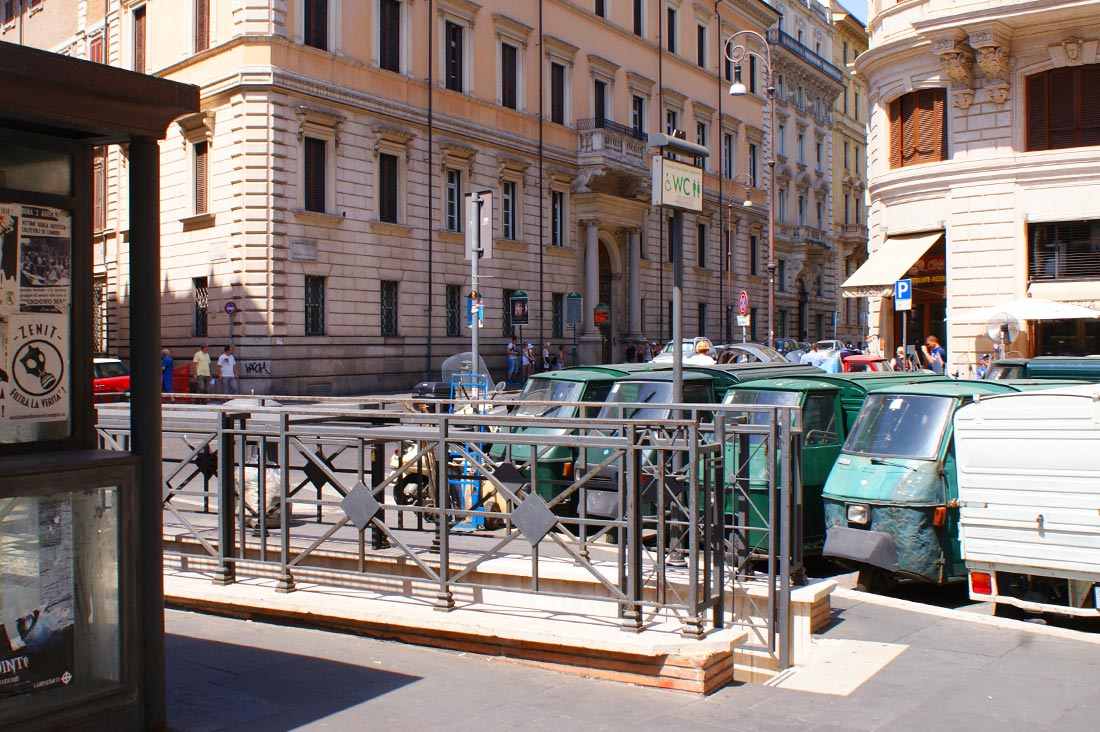
There are many restaurants, cafes, and snack bars.
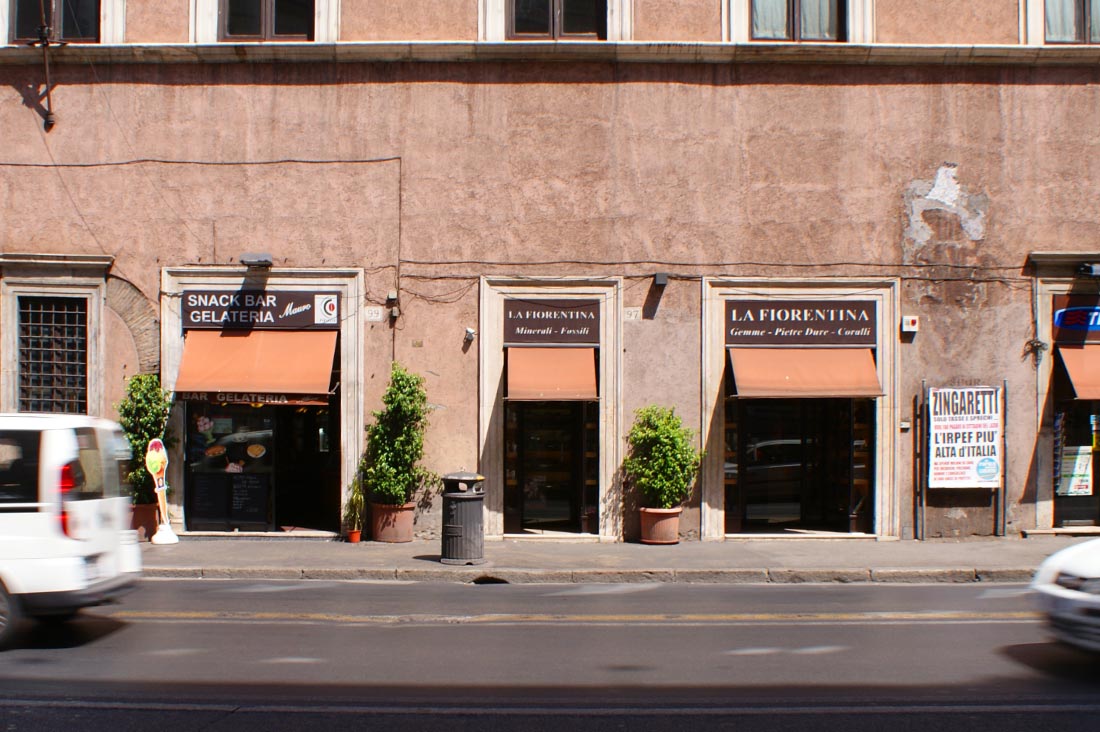
The main food options consist of pizza, sandwiches, and snacks. Large stores and supermarkets are not found in the city center, nor are there any significantly new or renovated old buildings in general — Rome cherishes its history and resists easy changes.
There is practically no advertising or announcements in the city center. Very rarely, you come across tiny pieces of paper with a name and phone number on them.
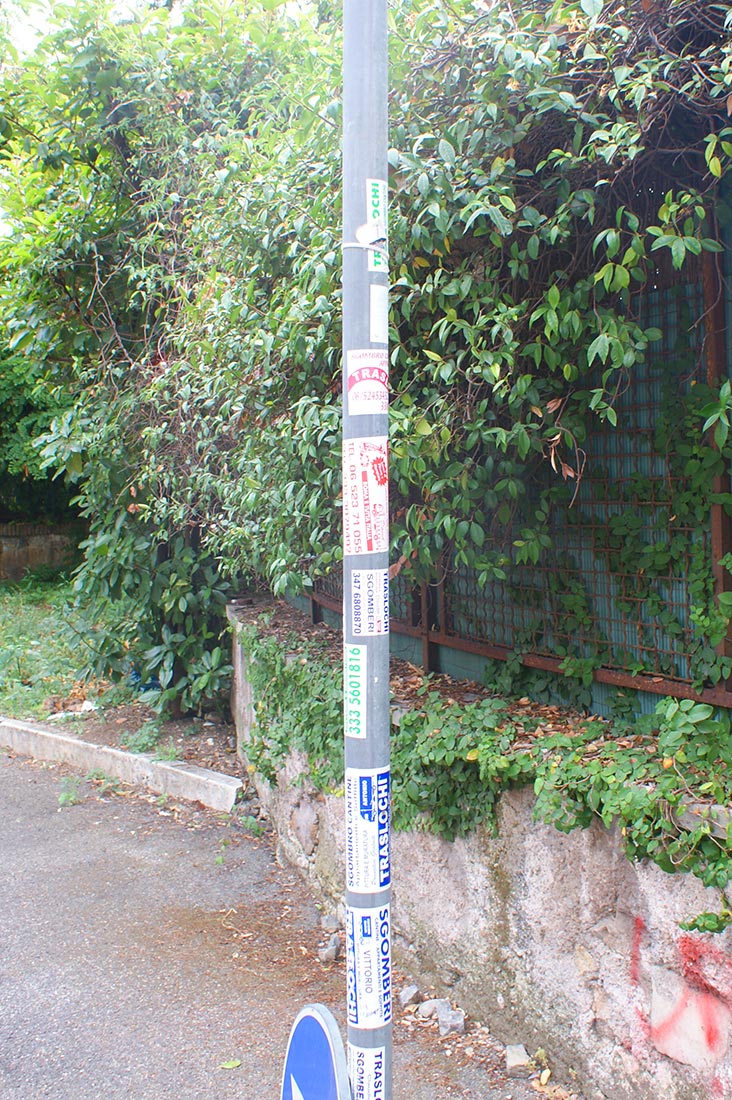
An exception is made for an election campaign poster.
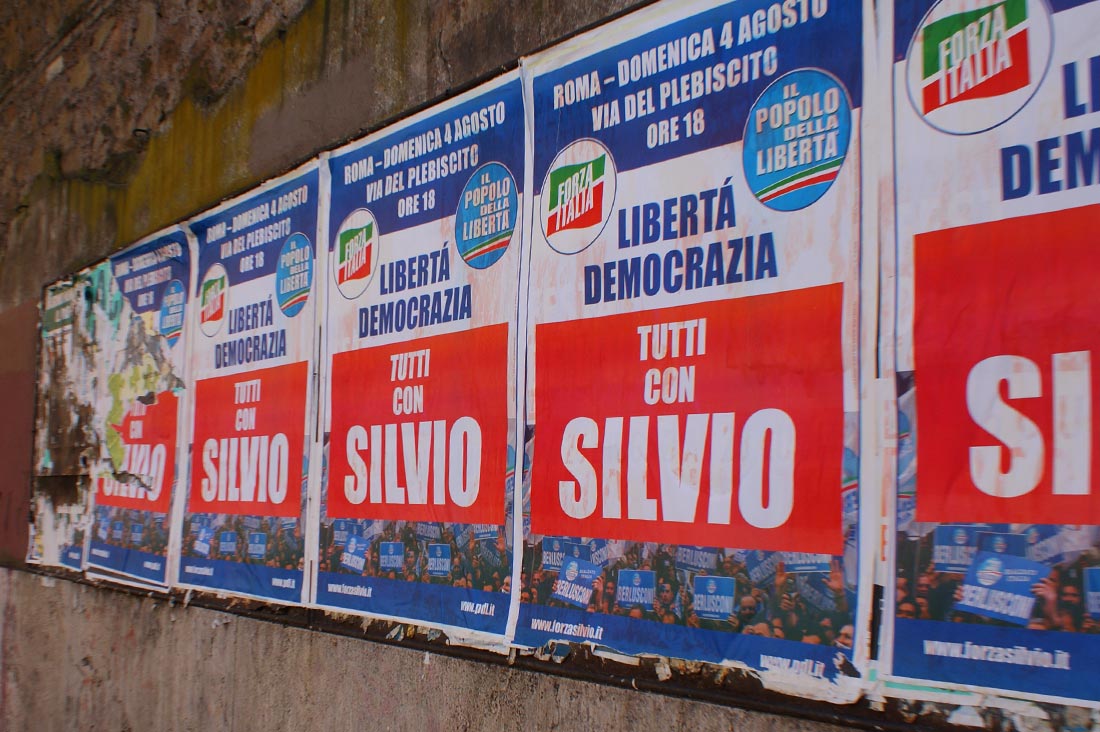
Bicycle parking.
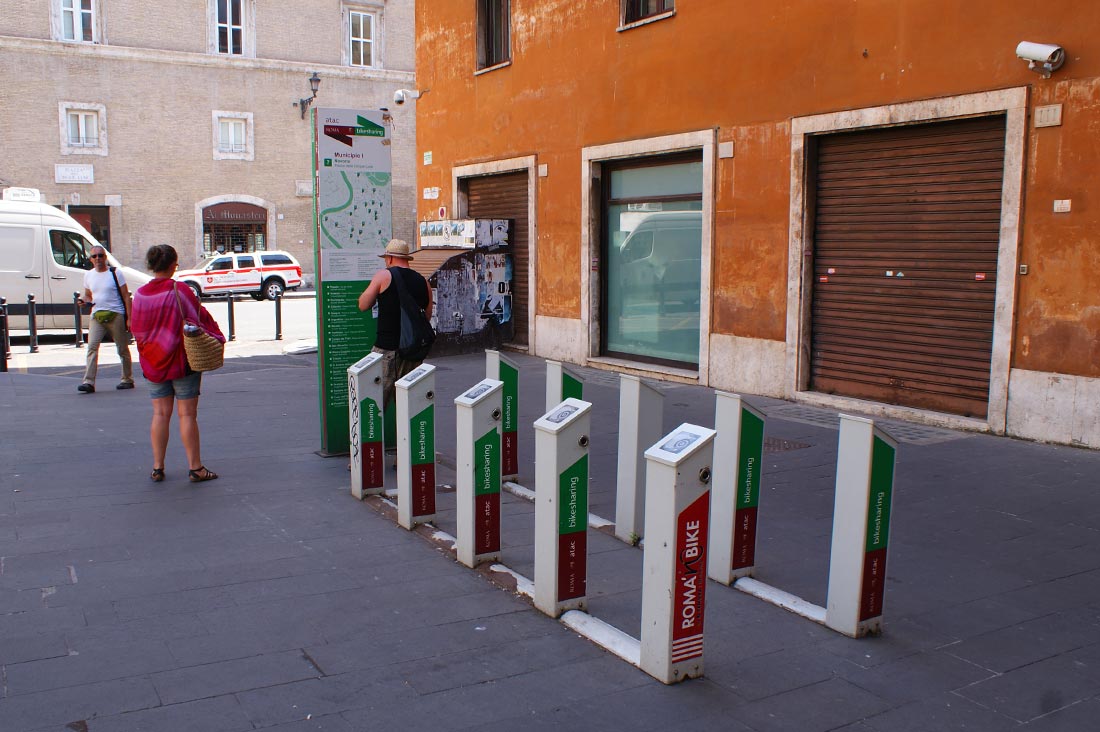
It seems that cycling in Rome can be quite dangerous.
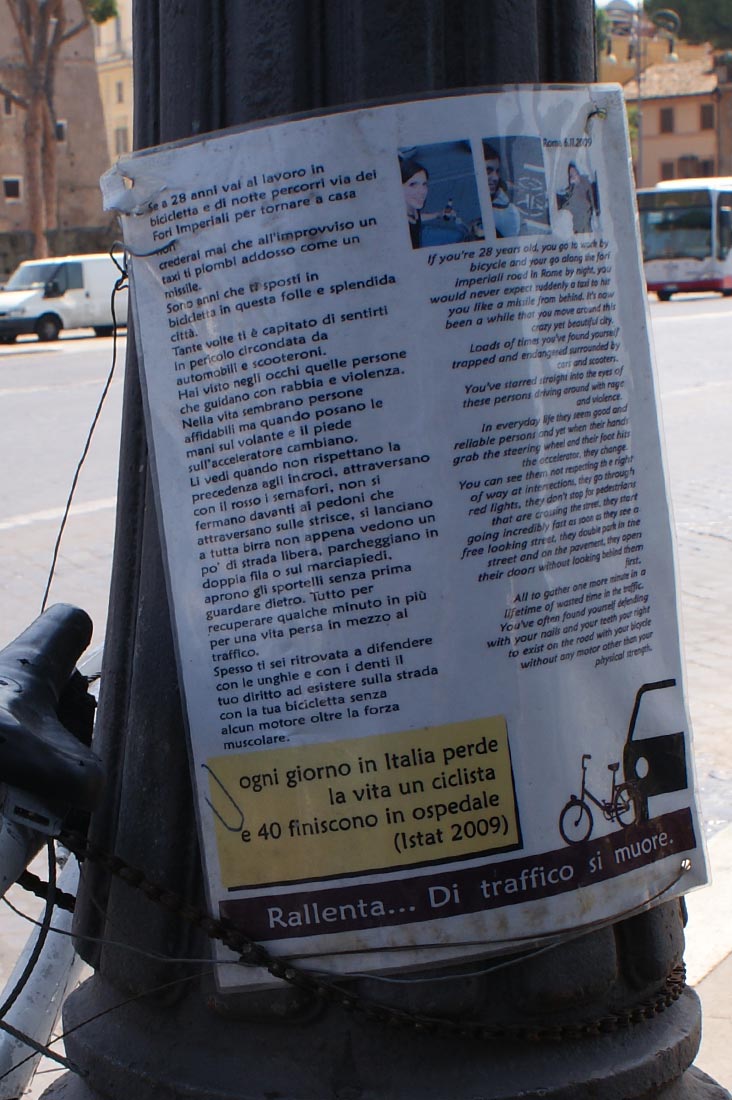
In general, Rome has many roads with two or more lanes without traffic lights.
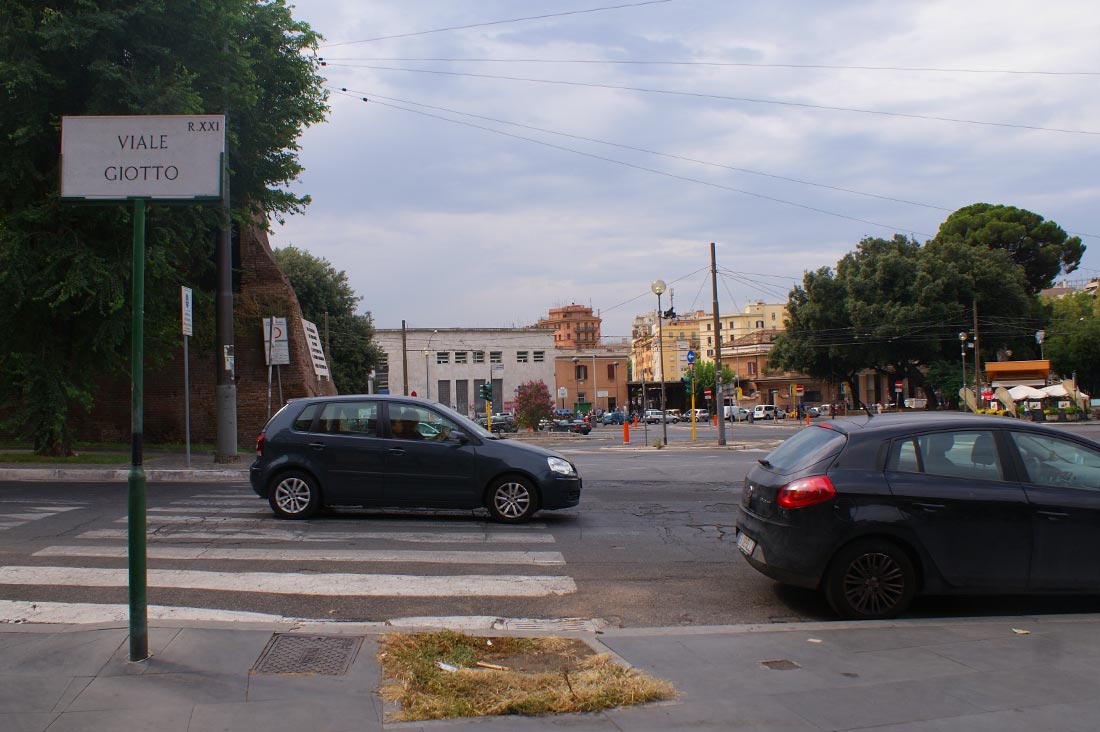
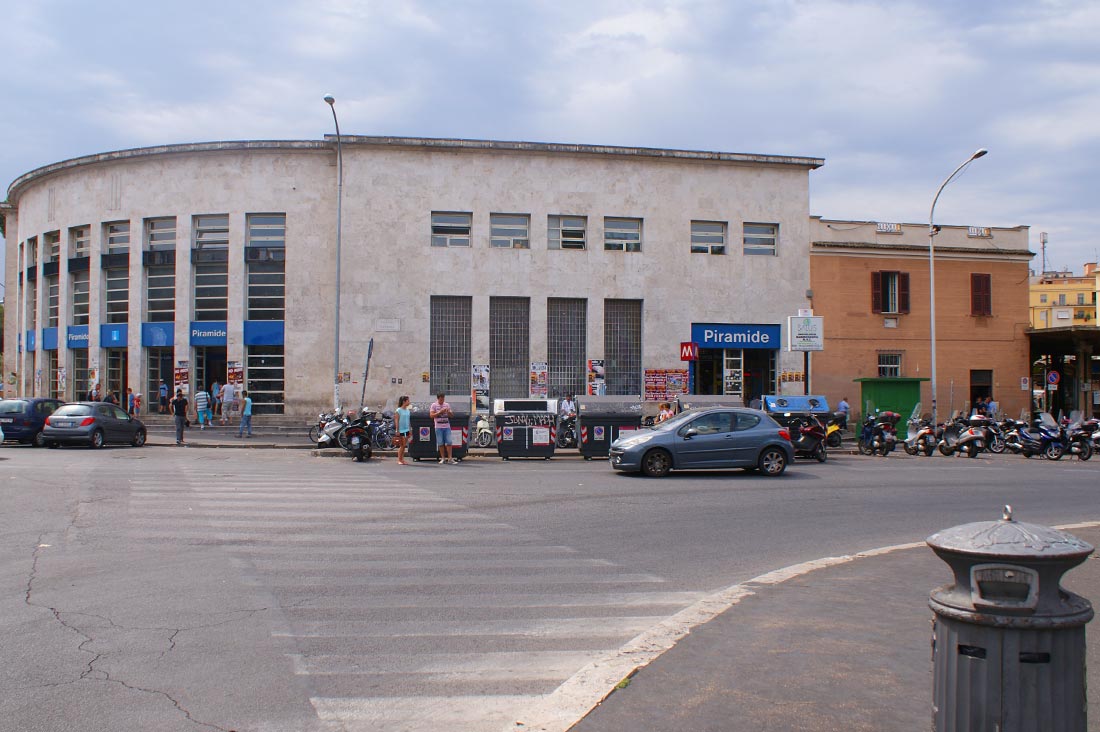
The green signal lasts for a short time, and after a few seconds, the yellow light for pedestrians turns on. Cars speed through the streets, drive recklessly, and don’t rush to give way, which is quite unpleasant and unexpected for a European city. In this sense, Rome is very similar to Moscow, perhaps even worse.
A mailbox is a must-have at every door.
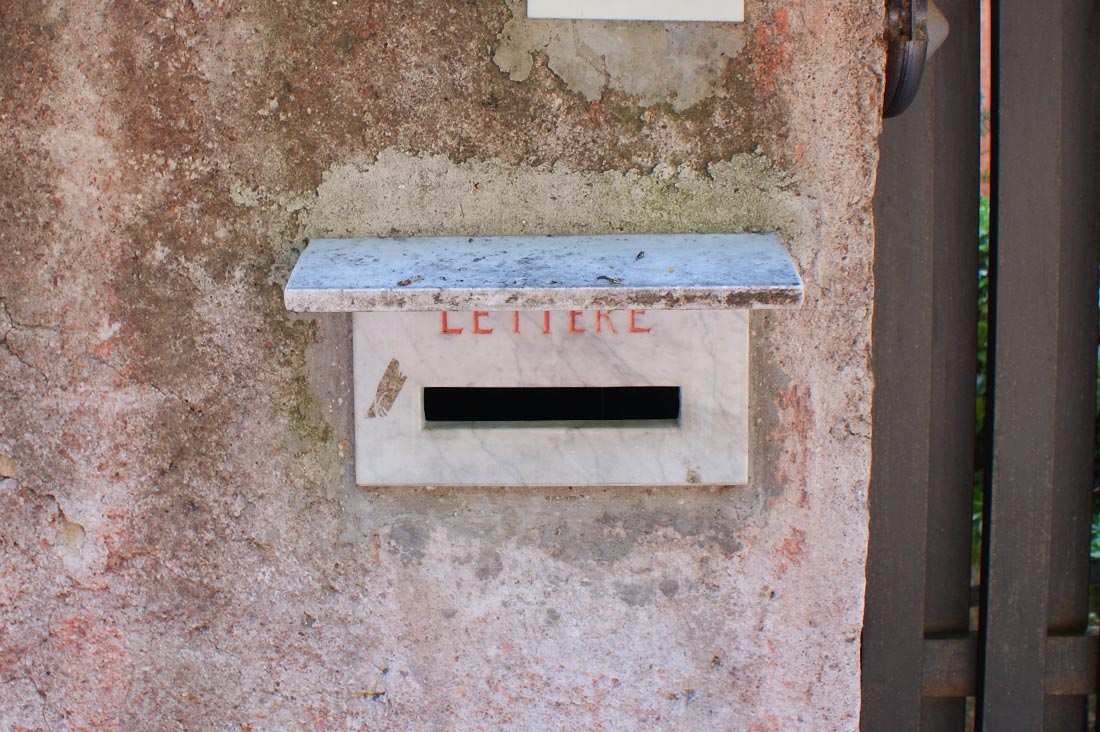
There is black police and white police.
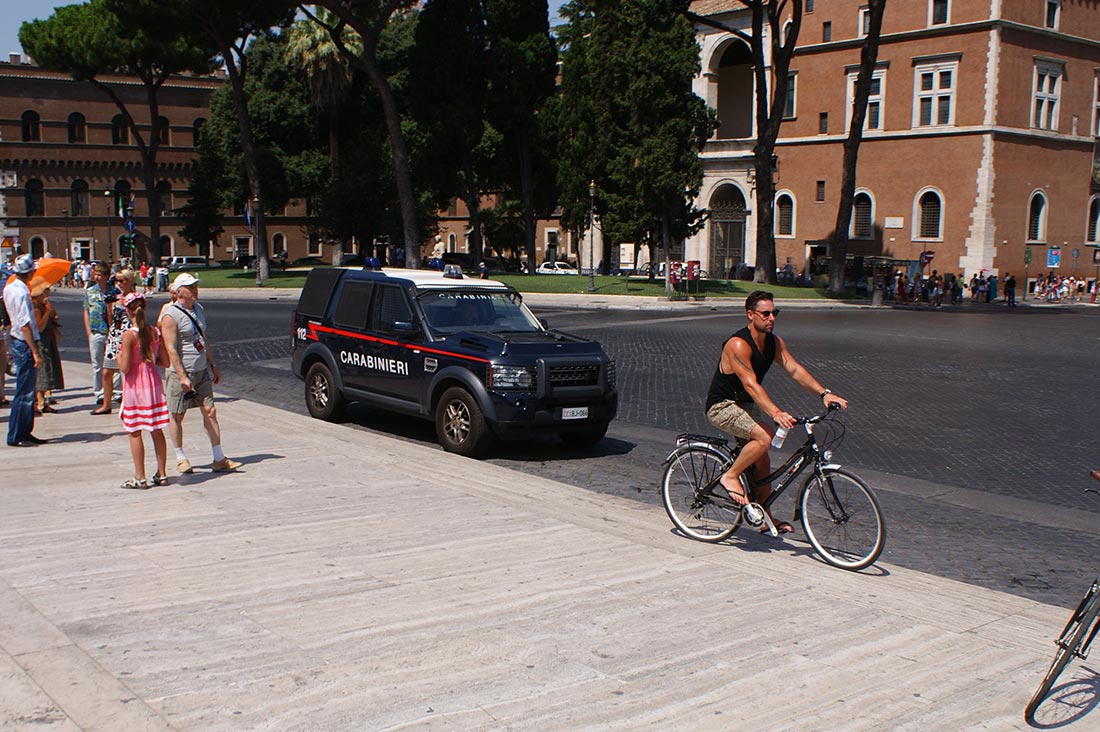
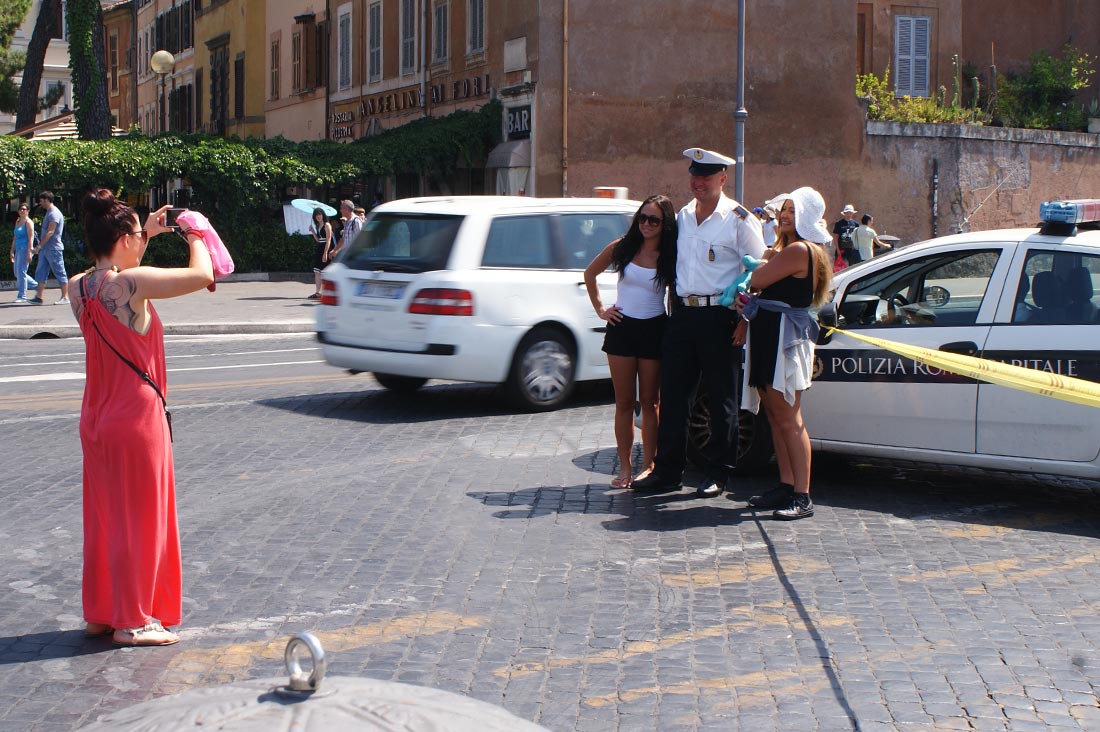
Schedule.
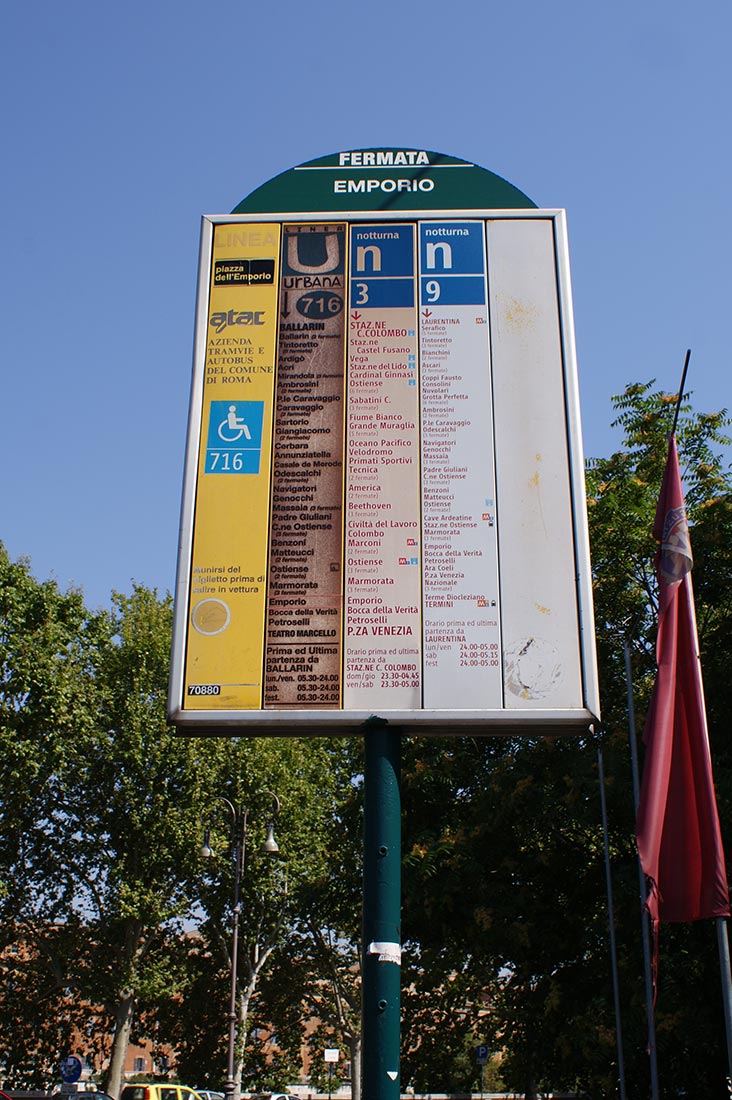
Tram.
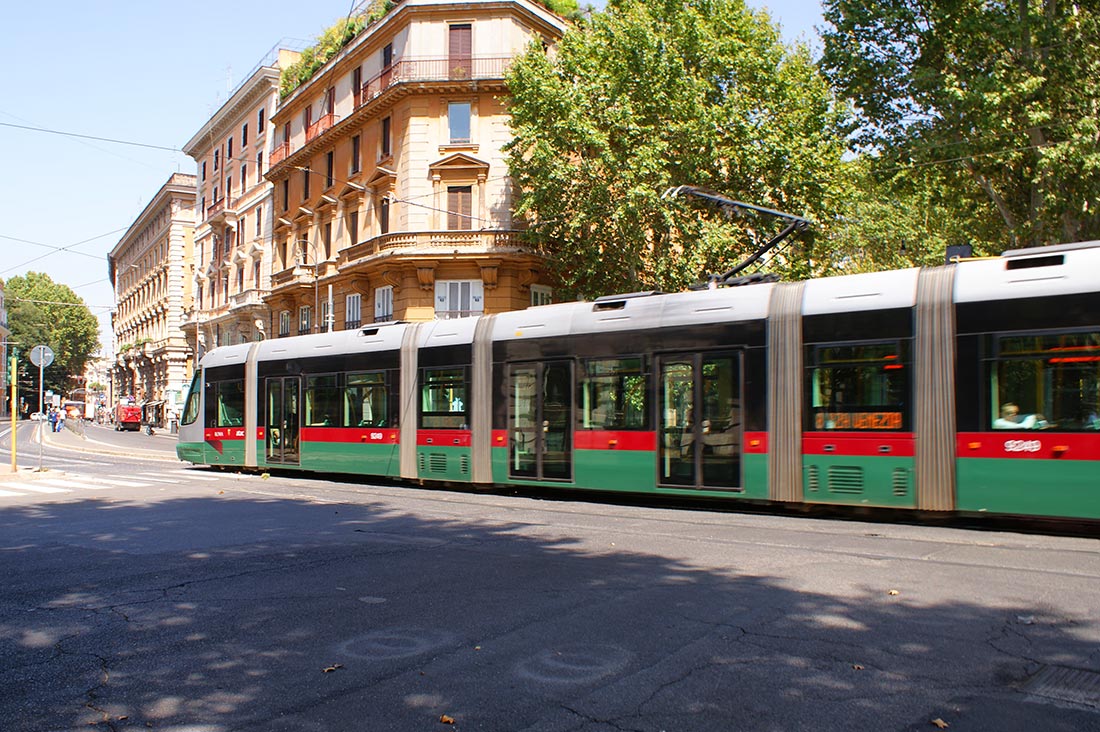
Ticket vending machine for the metro without any order in the interface.
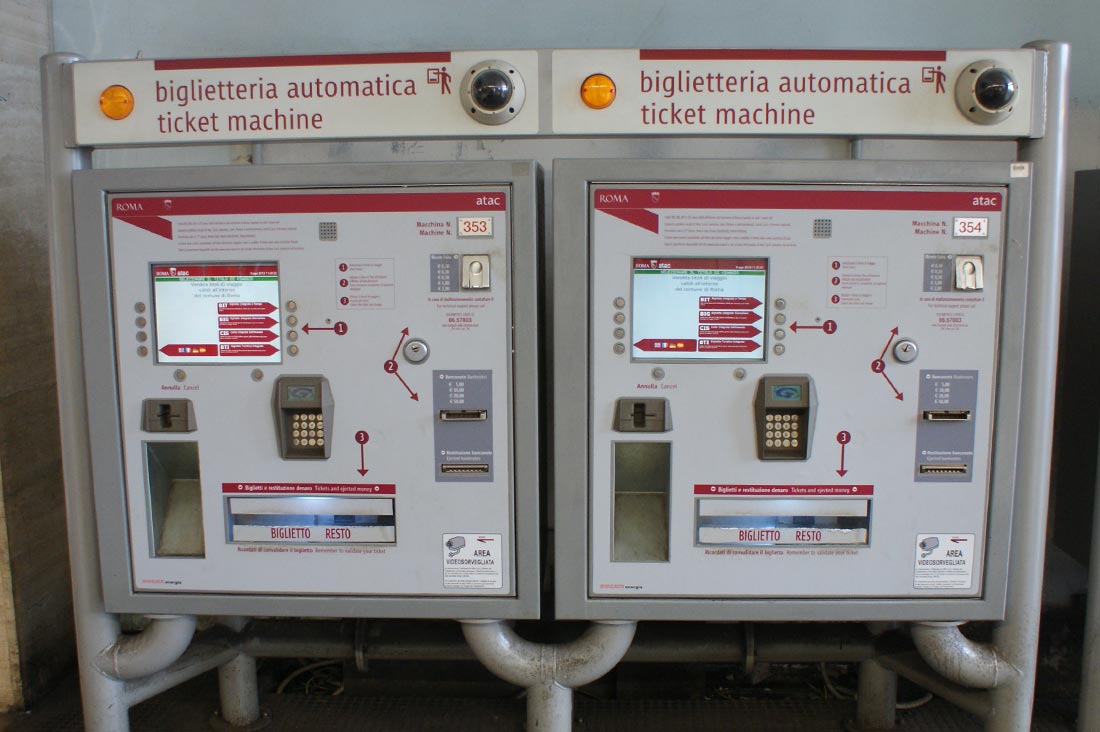
The metro consists of only two lines, and expanding it is very difficult. Rome is a representative of an ancient civilization; here, it is impossible to dig without coming across something ancient and valuable.
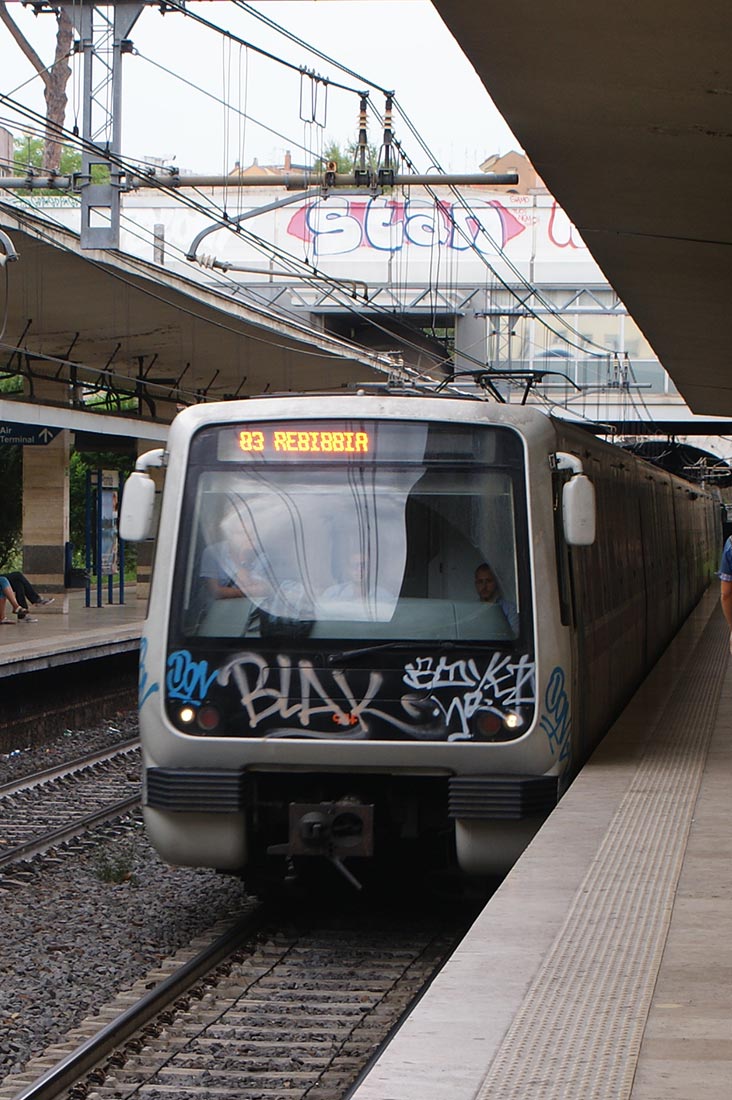
The abundance of stone benches is surprising. It’s not possible to sit on them in such heat.
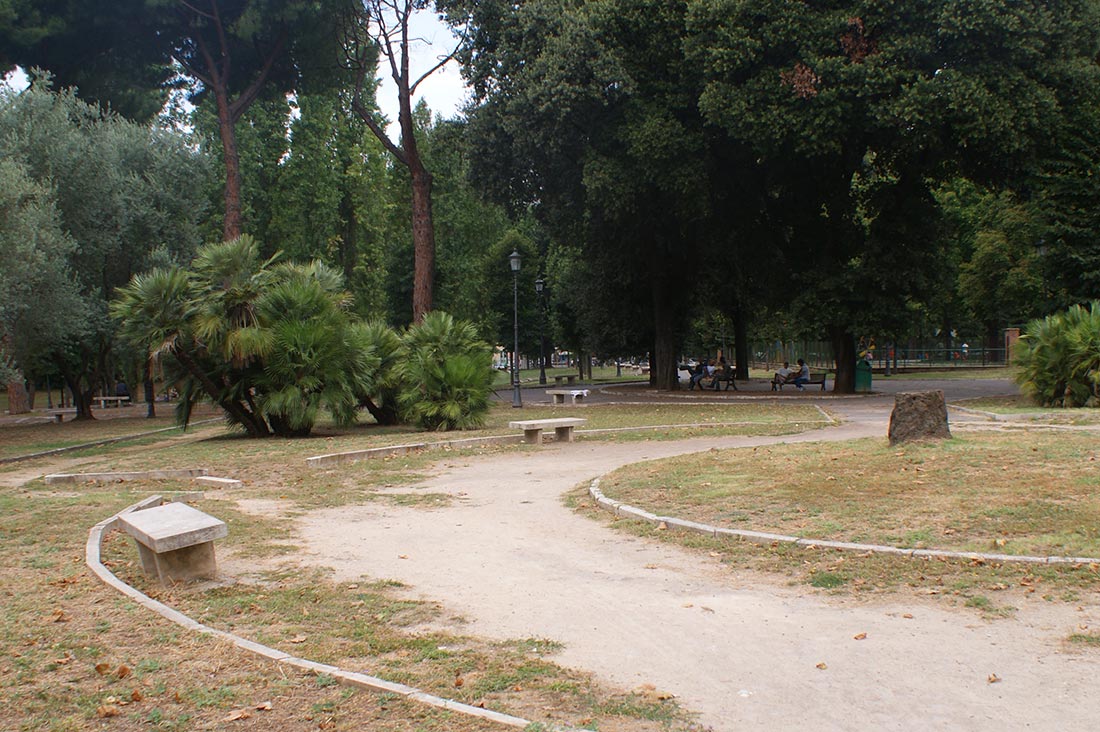
And also, in Rome, there is the Colosseum.
